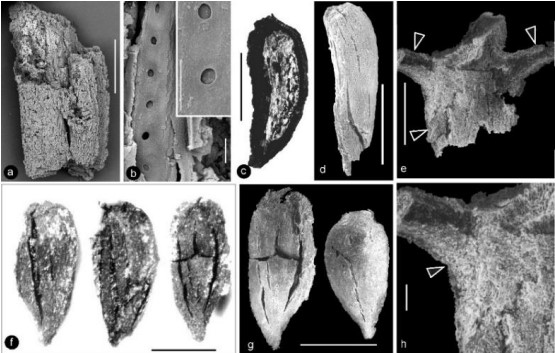
An Anatomically Preserved Cone-Like Flower from the Lower Cretaceous of China. (Life, https://doi.org/10.3390/life13010129)

Dying in the Sun: Direct evidence for elevated UV-B radiation at the end-Permian mass extinction. (Science Advances. http://www.science.org/doi/10.1126/sciadv.abo6102)
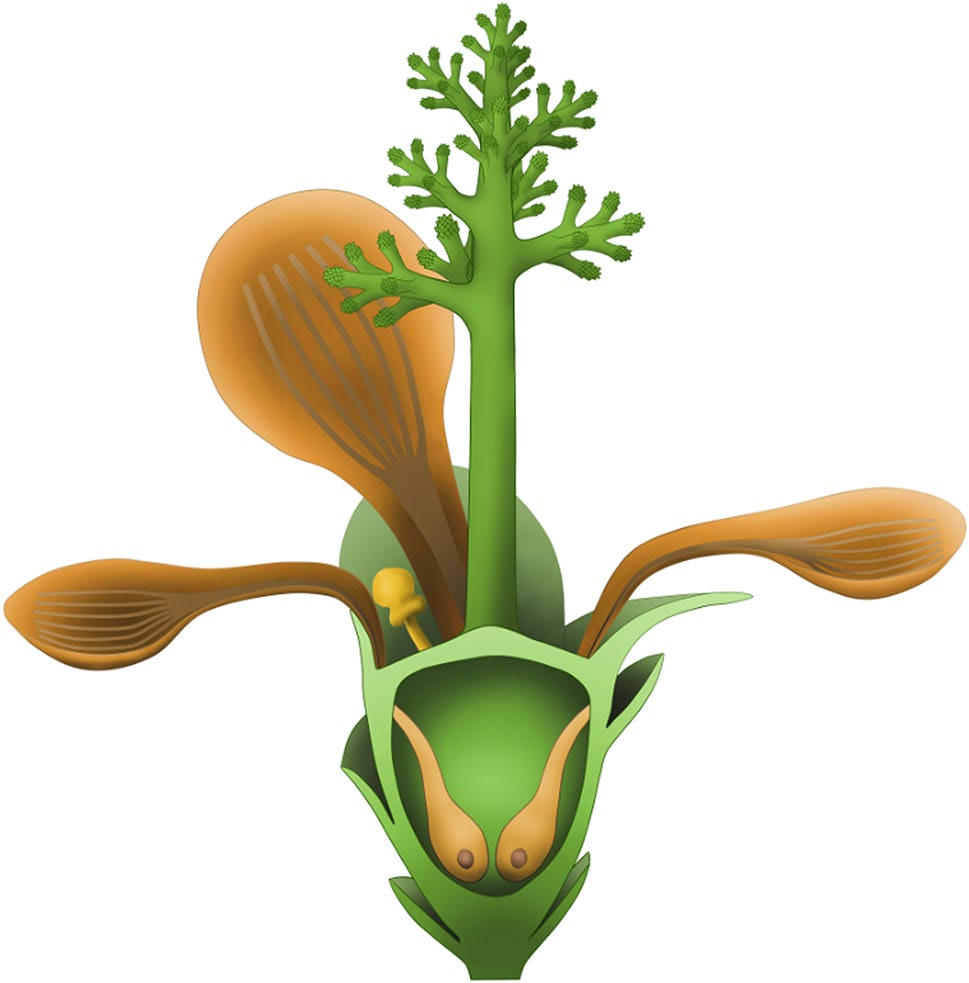
Micro-CT results exhibit ovules enclosed in the ovaries of Nanjinganthus. (Scientific Reports. https://doi.org/10.1038/s41598-022-27334-0)
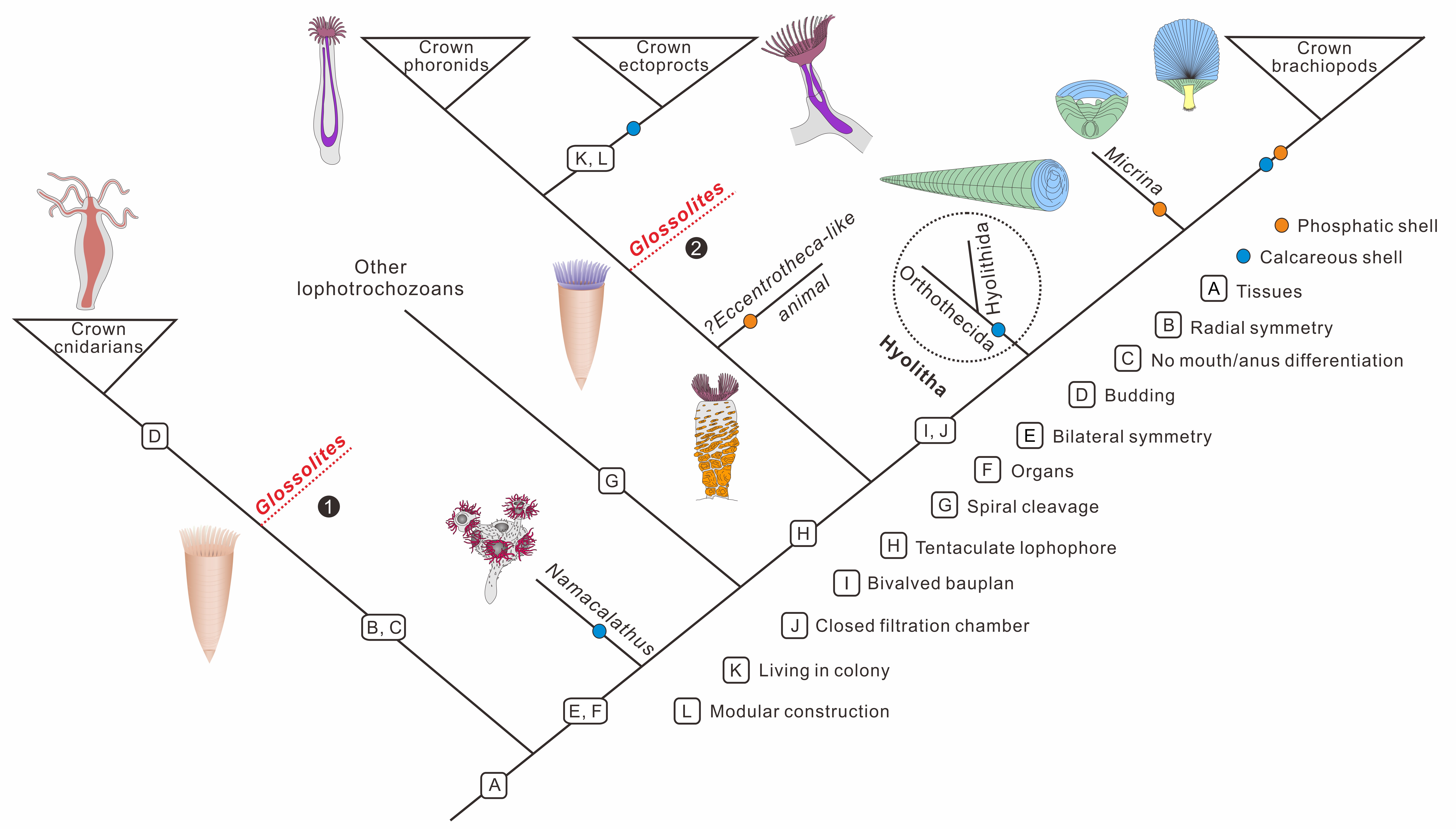
Anatomy, palaeoautecology and phylogenetic affinity of tubular Glossolites magnus from the early Cambrian Chengjiang biota, South China. (Papers in Palaeontology. https://doi.org/10.1002/spp2.1473)
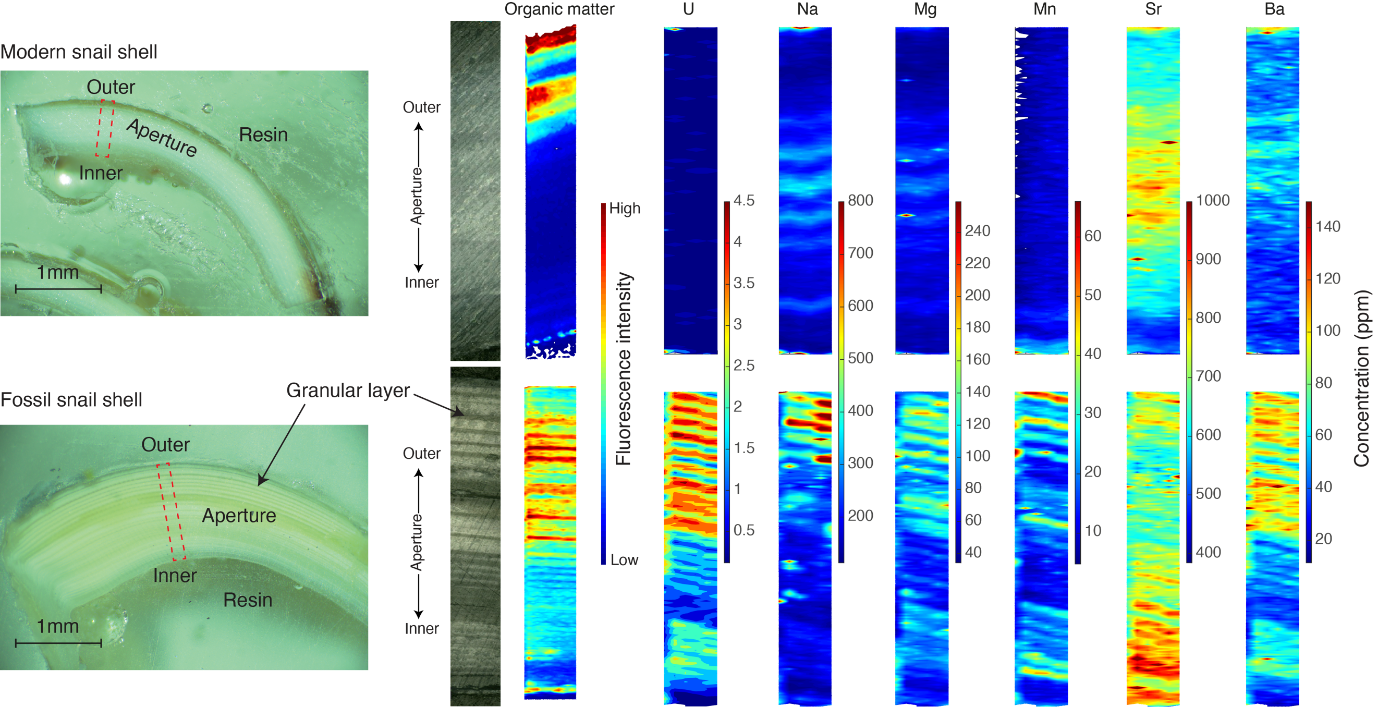
Early diagenetic imprints and U-Th isotope systematics of fossil land snail shells from the Chinese Loess Plateau. (Quaternary Geochronology. https://doi.org/10.1016/j.quageo.2022.101417)
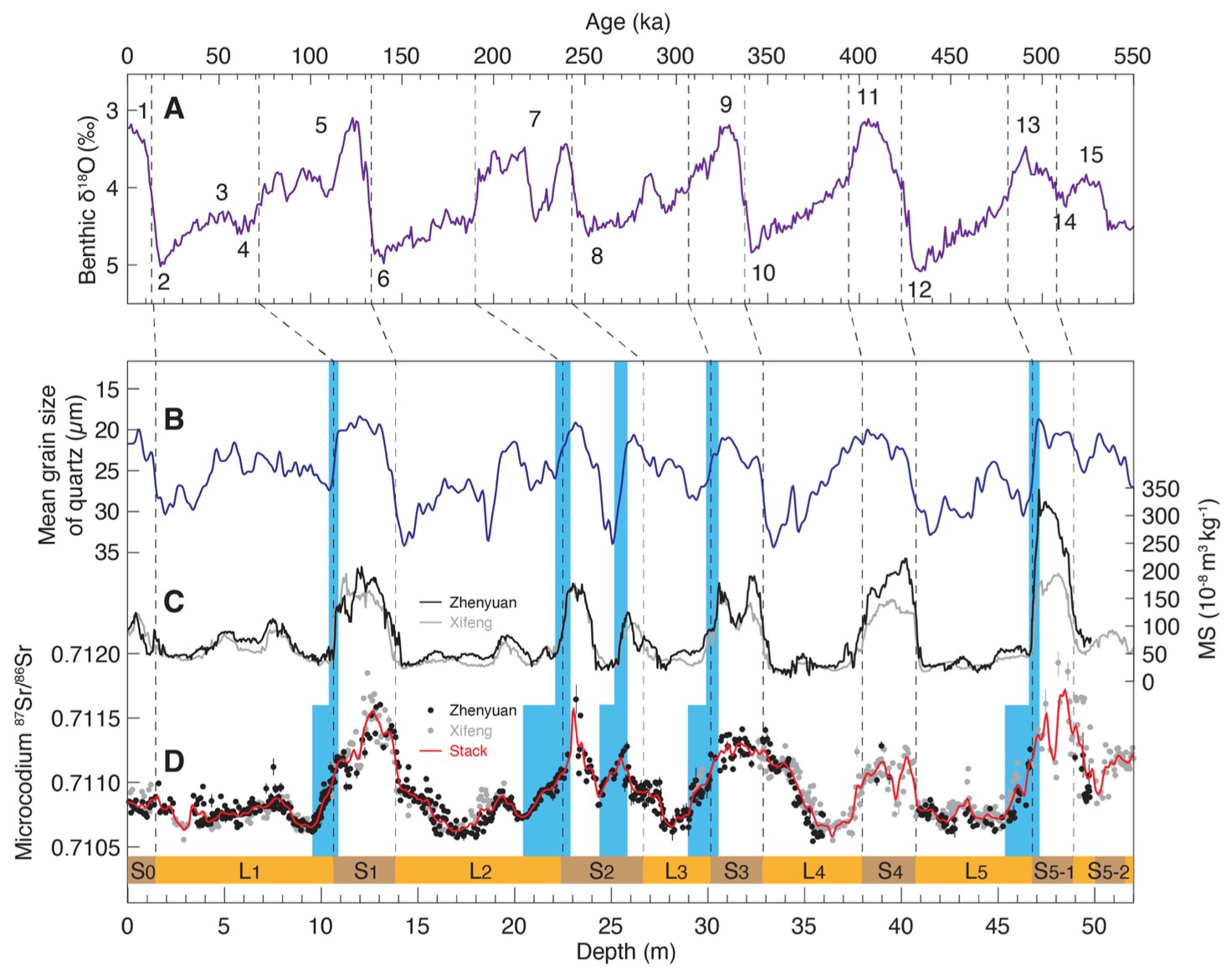
Ice Volume and Insolation Forcing of Abrupt Strengthening of East Asian Winter Monsoon During Glacial Inceptions.. (Geophysical Research Letters. https://doi.org/10.1029/2022GL102404)
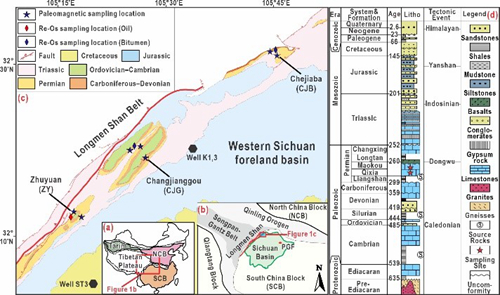
Combining paleomagnetic and Re–Os isotope data to date hydrocarbon generation and accumulation processes. (Journal of Geophysical Research: Solid Earth. https://doi.org/10.1029/2022JB025955)

Allometry in Late Devonian Podocopa ostracods (Crustacea) and its implications for ostracod ontogeny. (Papers in Palaeontology. https://doi.org/10.1002/spp2.1480)

Sedimentary facies and carbon isotopes of the Upper Carboniferous to Lower Permian in South China: Implications for icehouse to greenhouse transition. (Global and Planetary Changes. https://doi.org/10.1016/j.gloplacha.2023.104051)

Rise of Event: insights from the Upper Ordovician Xiazhen Formation of South China. (Journal of Paleontology. https://doi.org/10.1017/jpa.2022.36)
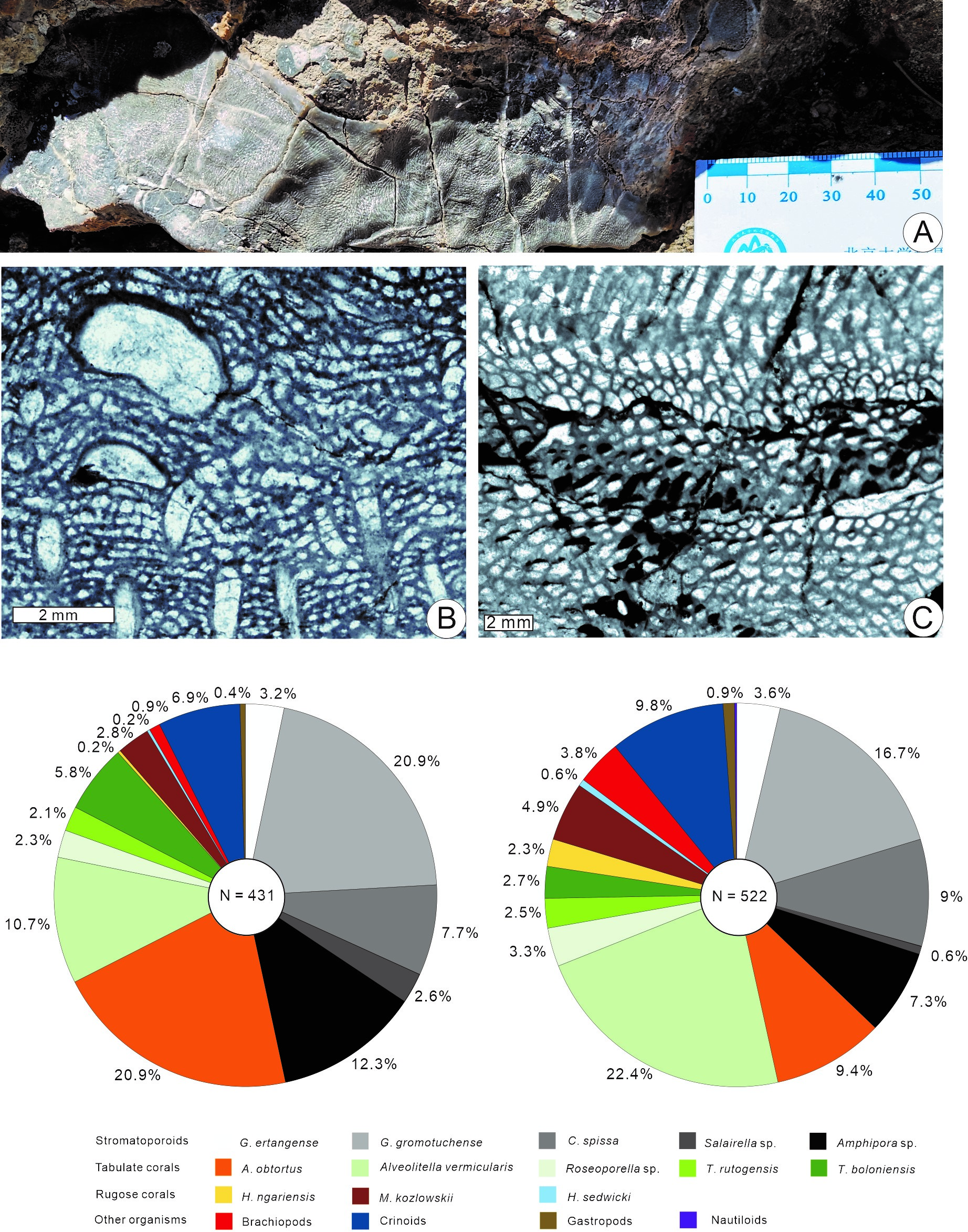
Middle Devonian (Givetian) coral-stromatoporoid patch reefs from the Lazhuglung Formation, Xizang (Tibet) and their palaeoecological and palaeogeographical implications. (Palaeoworld. https://doi.org/10.1016/j.palwor.2023.02.005)
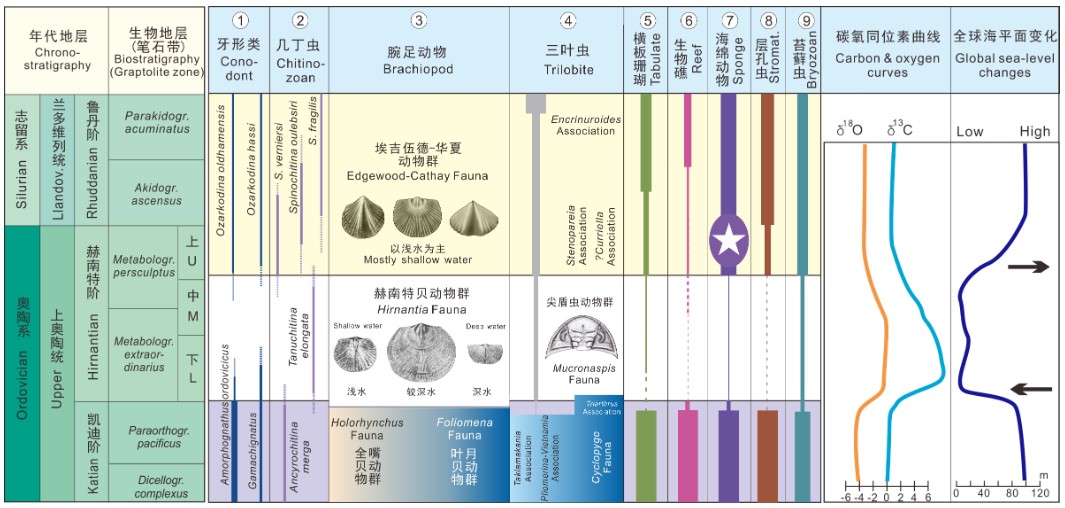
The first brachiopod fauna following Late Ordovician mass extinction: Evidence from late Hirnantian brachiopods of Zhenxiong, Yunnan, SW China.. (Acta Palaeontologica Sinica. https://doi.org/10.19800/j.cnki.aps.2022036)
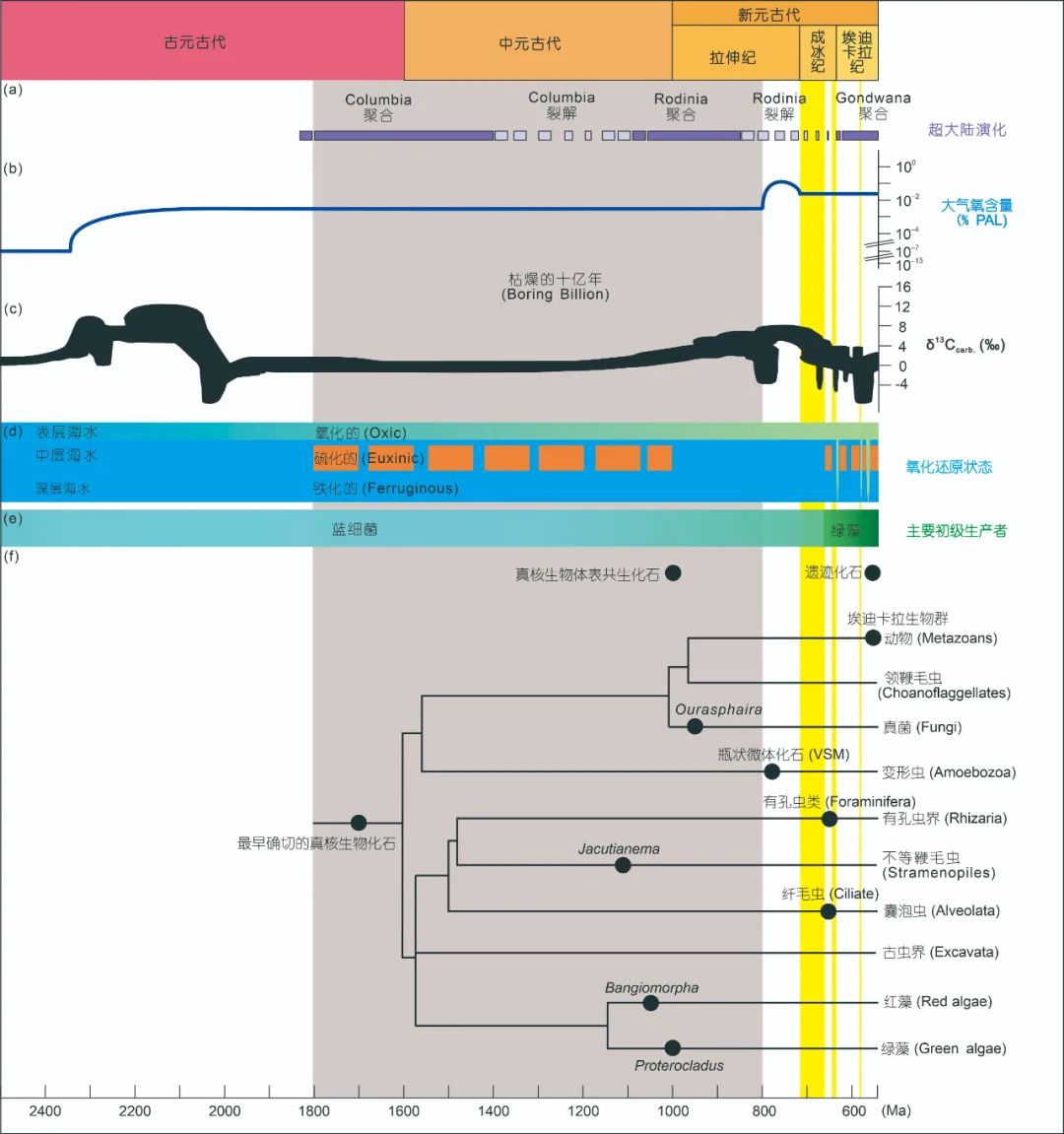
Origin and early evolution of complex organisms. (Chinese Science Bulletin. https://doi.org/10.1360/TB-2022-0804)
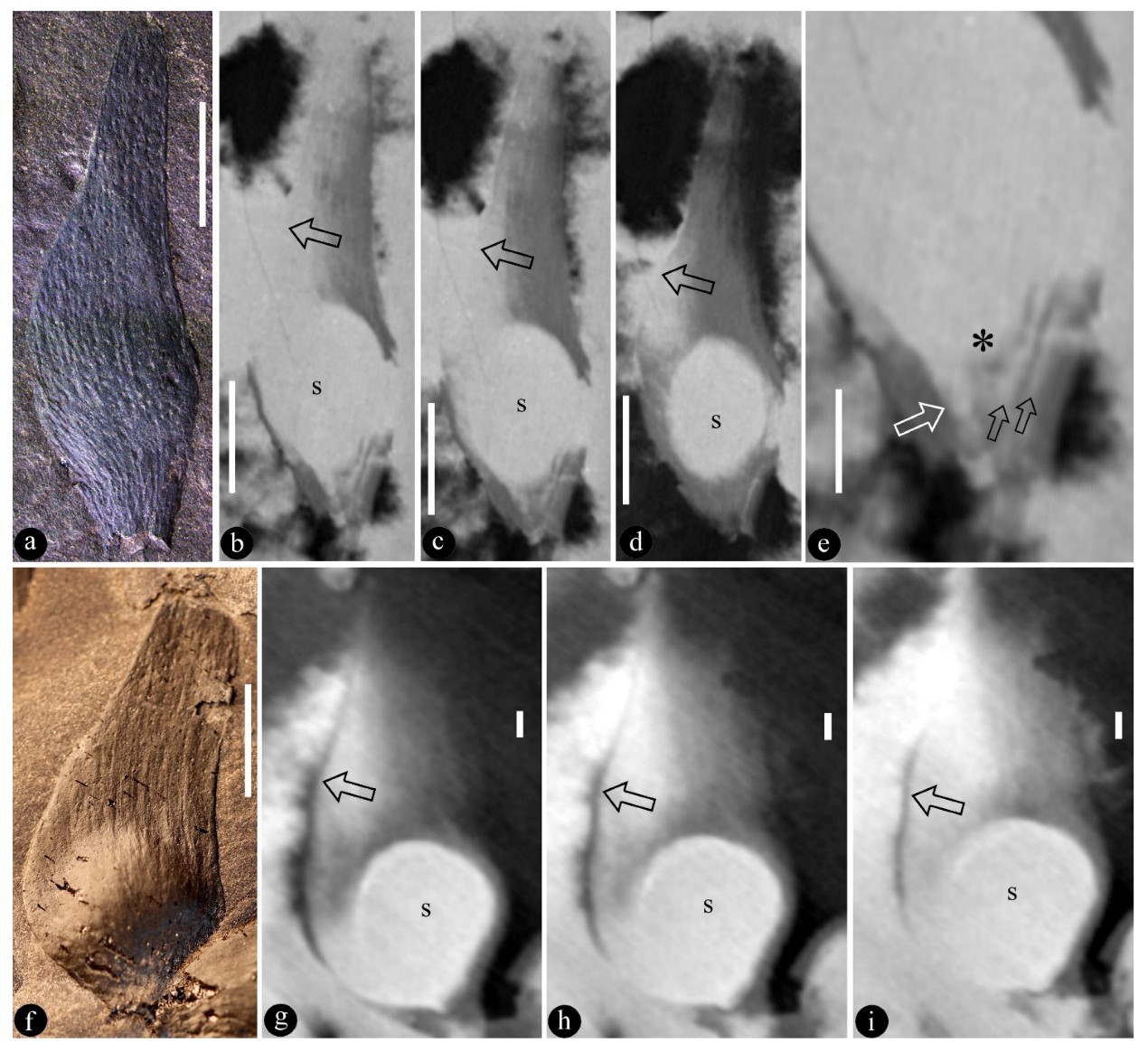
Fossil Evidence Suggests That Angiosperms Flourished in the Middle Jurassic. (Life. https://doi.org/10.3390/life13030819)
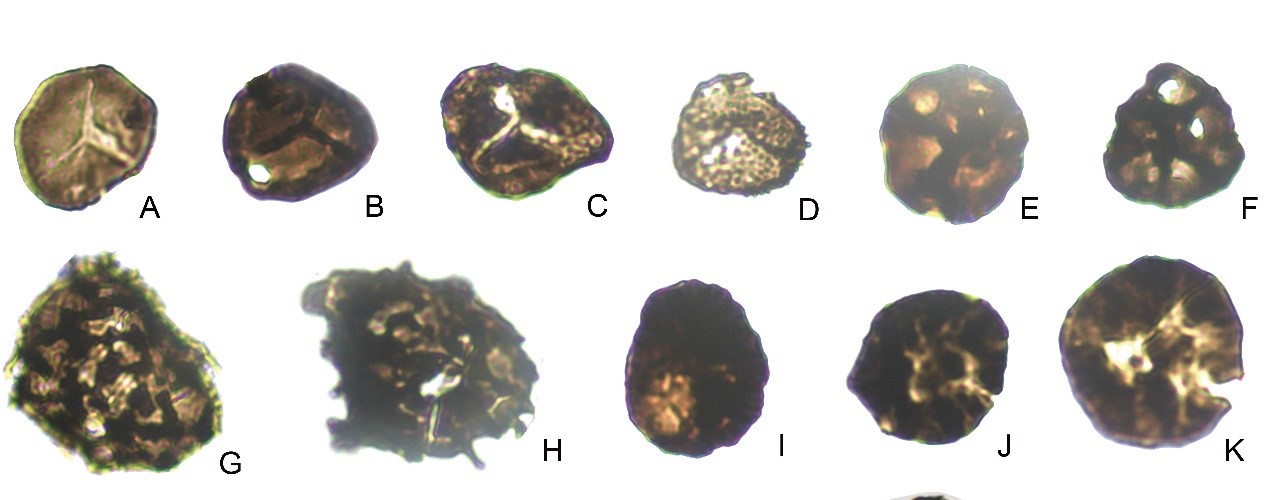
Frenguellia (Lycopsida) from the uppermost Devonian of West Junggar, Xinjiang Uygur Autonomous Region, NW China, and its implications on protolepidodendralean leaf morphology and paleophytogeography. (Journal of Paleontology. https://doi.org/10.1016/j.jop.2023.03.004)
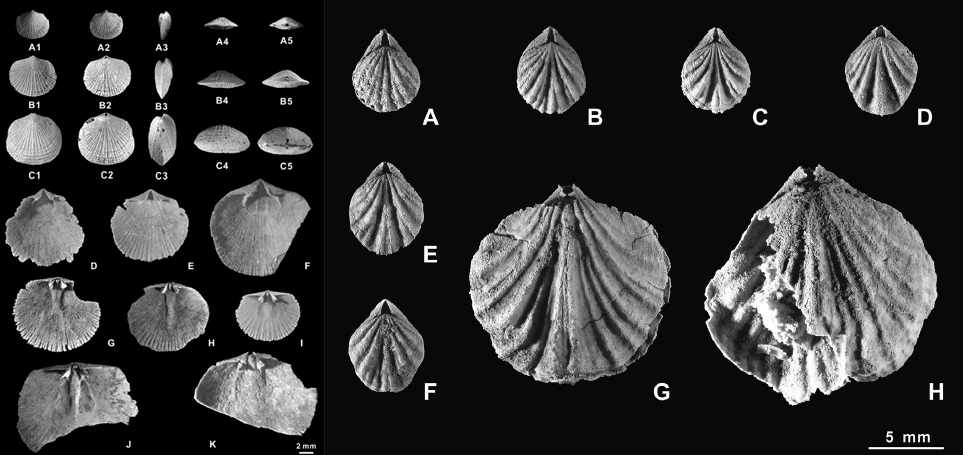
An ontogenetic study of Eospirigerina putilla (Brachiopoda). (Palaeoworld. http://dx.doi.org/10.1080/14772019.2022.2145920)

Spatio-temporal distribution of the Cambrian maceriate reefs across the North China Platform. (Palaeogeography, Palaeoclimatology, Palaeoecology. https://doi.org/10.1016/j.palaeo.2023.111429)

Tonian carbonaceous compressions indicate that Horodyskia is one of the oldest multicellular and coenocytic macro-organisms. (Communications Biology. https://doi.org/10.1038/s42003-023-04740-2)

Silurian freshwater arthropod from northwest China. (Papers in Palaeontology. https://doi.org/10.1002/spp2.1488)

Extraordinarily early Venus’ flower basket sponges (Hexactinellida, Euplectellidae) from the uppermost Ordovician Anji Biota, China. (Palaeontology. https://doi.org/10.1111/pala.12592)
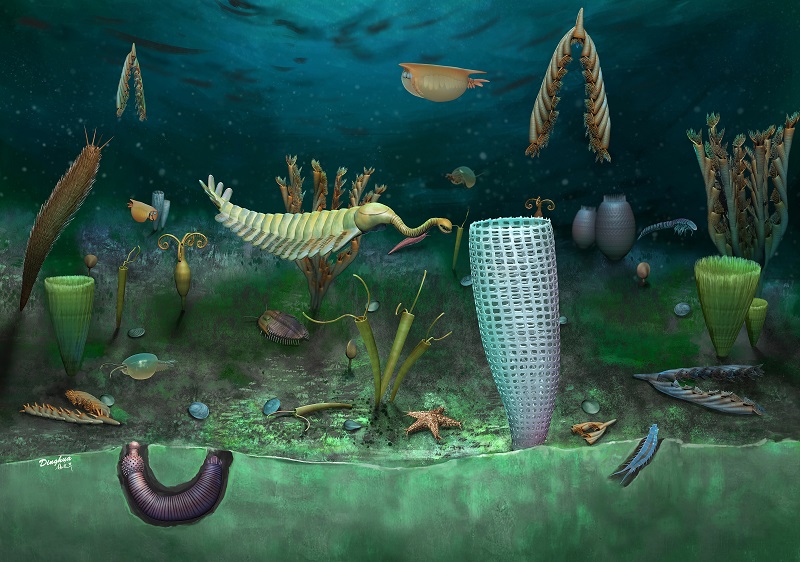
A Middle Ordovician Burgess Shale-type fauna from Castle Bank, Wales (UK). (Nature Ecology & Evolution. https://doi.org/10.1038/s41559-023-02038)

The first documentation of an Ordovician eurypterid (Chelicerata) from China. (Journal of Paleontology. https://doi.org/10.1017/jpa.2023.21)
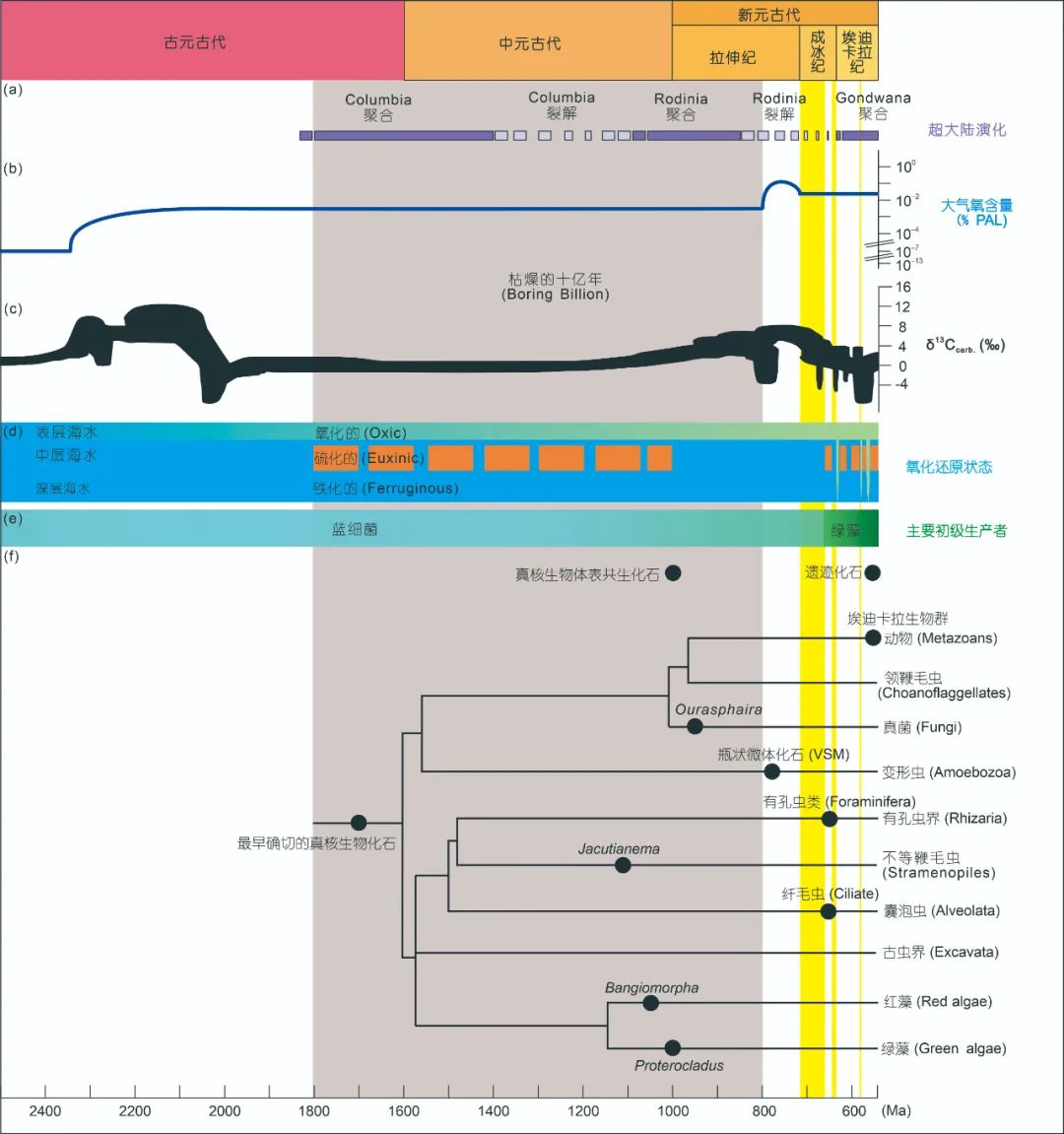
Mayflies as resource pulses in Jurassic lacustrine ecosystems.(Geology.https://doi.org/10.1130/G50055.1)
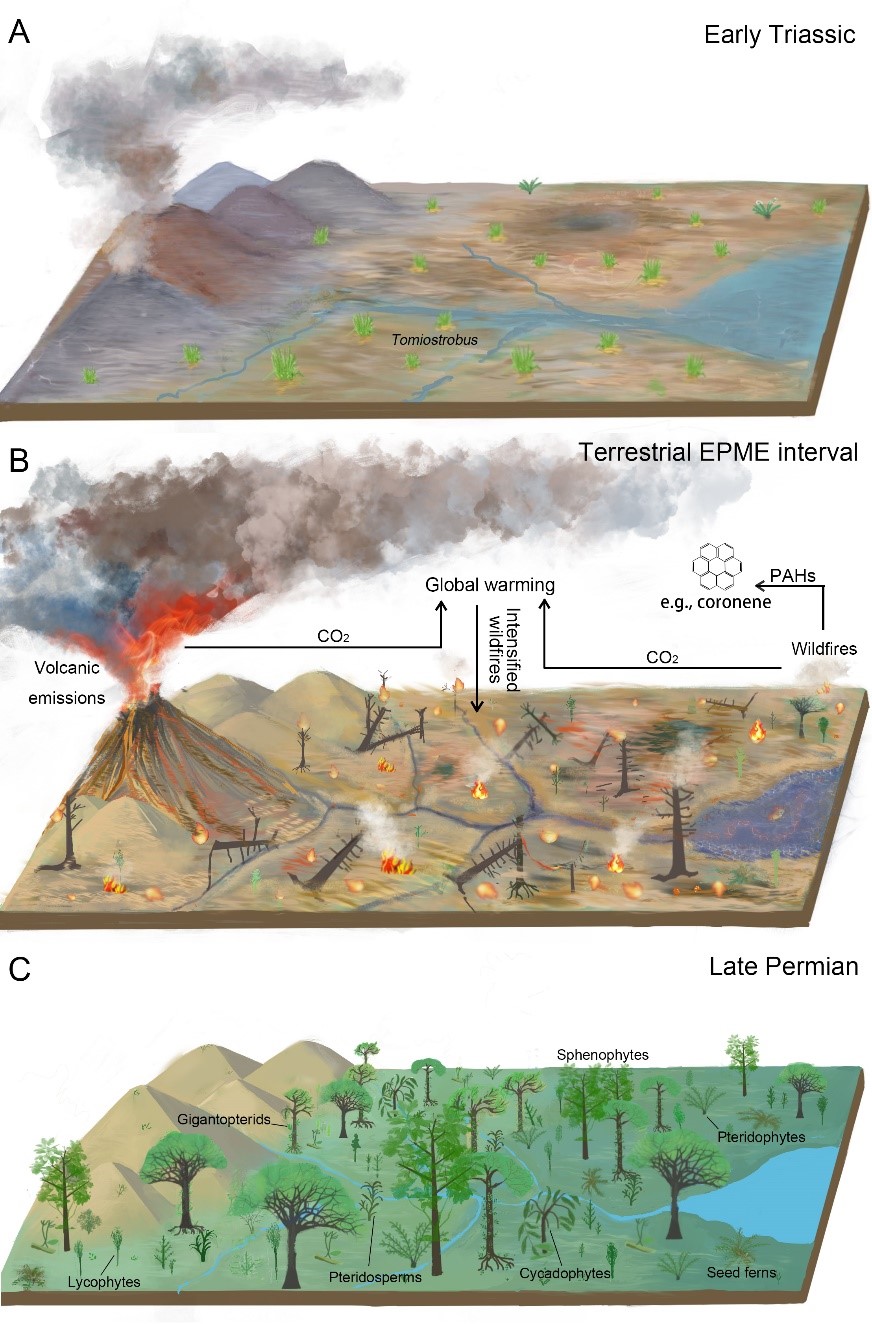
Collapse of tropical rainforest ecosystems caused by high-temperature wildfires during the end-Permian mass extinction. (Earth and Planetary Science Letters. https://doi.org/10.1016/j.epsl.2023.118193)

Shallow-marine testate amoebae with internal structures from the Lower Devonian of China. (iScience. https://doi.org/10.1016/j.isci.2023.106678)

Carbonaceous macrofossils from the early Mesoproterozoic Gaoyuzhuang Formation in the Yanshan Range, North China. (Precambrian Research.https://doi.org/10.1016/j.precamres.2023.107074)
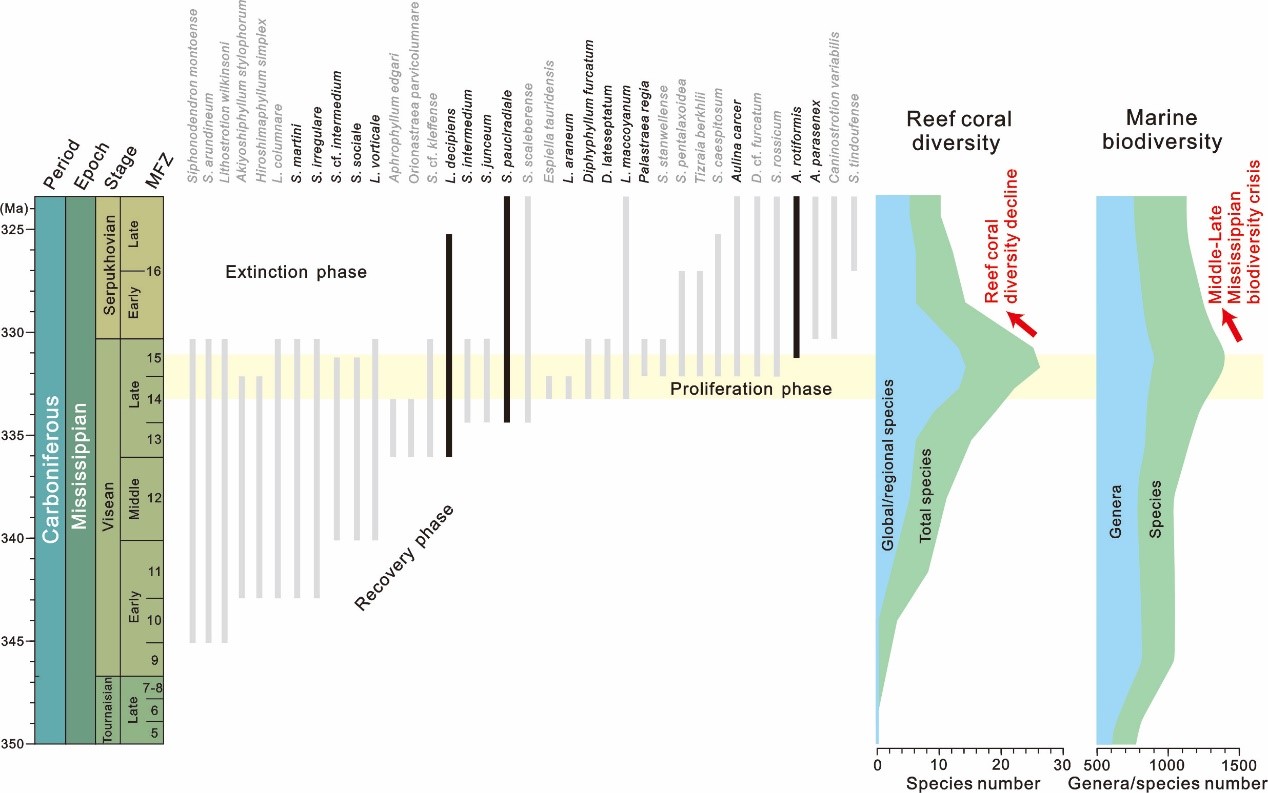
Colonial coral resilience by decreasing size: reaction to increased detrital influx during onset of the late Palaeozoic Ice Age. (Proceedings of the Royal Society B. https://doi.org/10.1098/rspb.2023.0220)
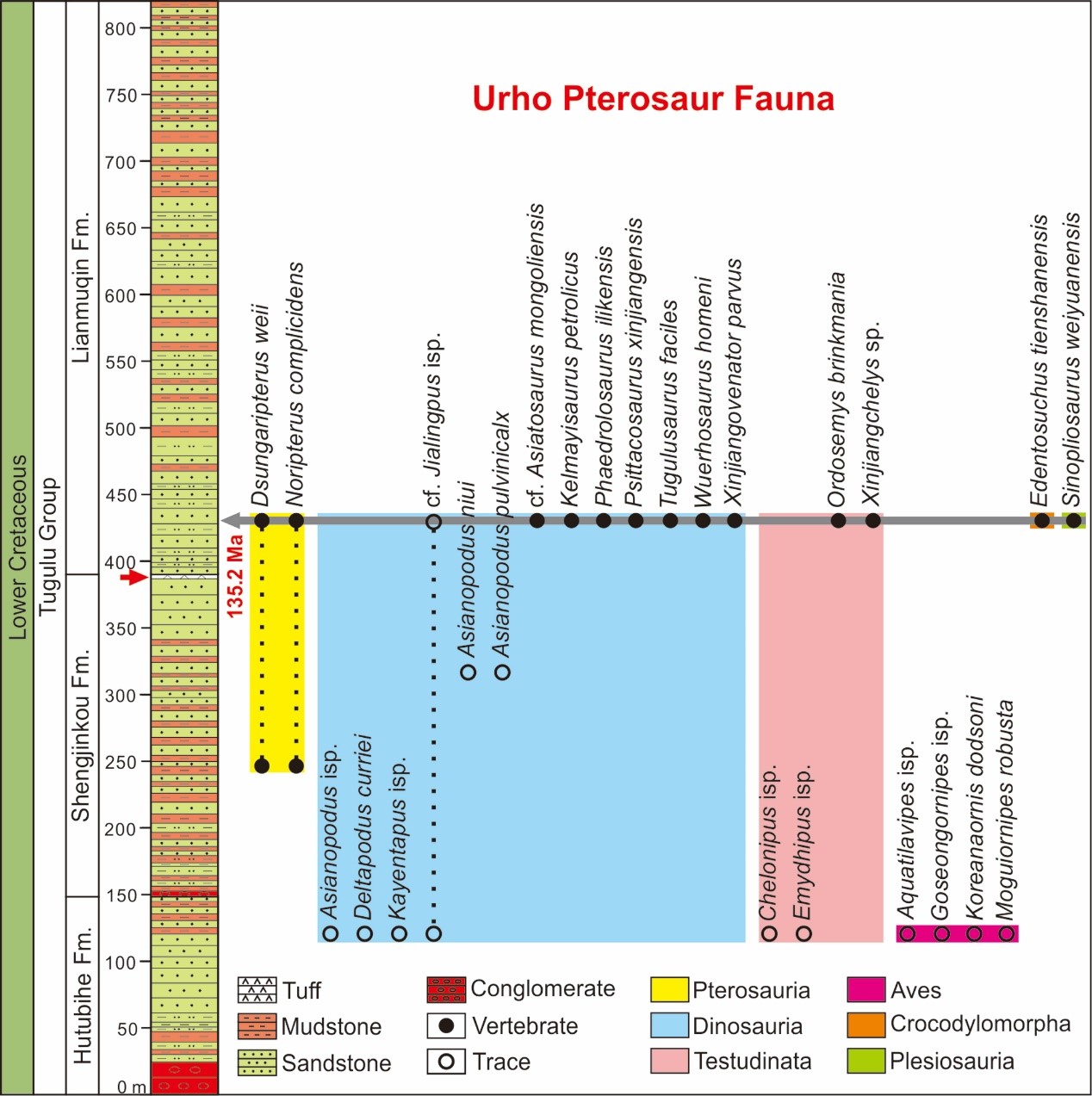
Calibrating the Early Cretaceous Urho Pterosaur Fauna in Junggar Basin and implications for the evolution of the Jehol Biota. (GSA Bulletin.https://doi.org/10.1130/B36795.1)
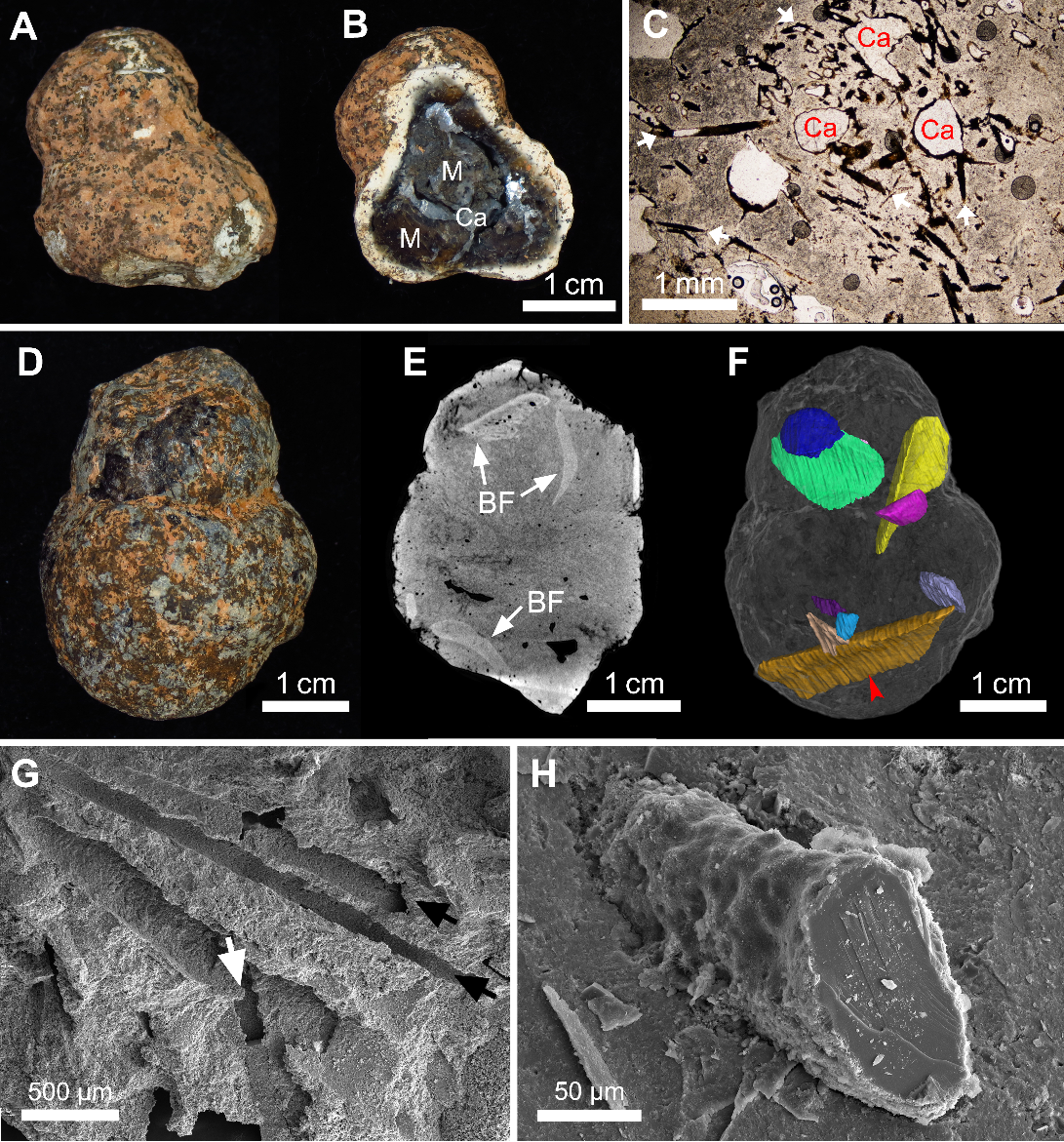
Fungal-induced fossil biomineralization. (Current Biology. https://doi.org/10.1016/j.cub.2023.04.067)
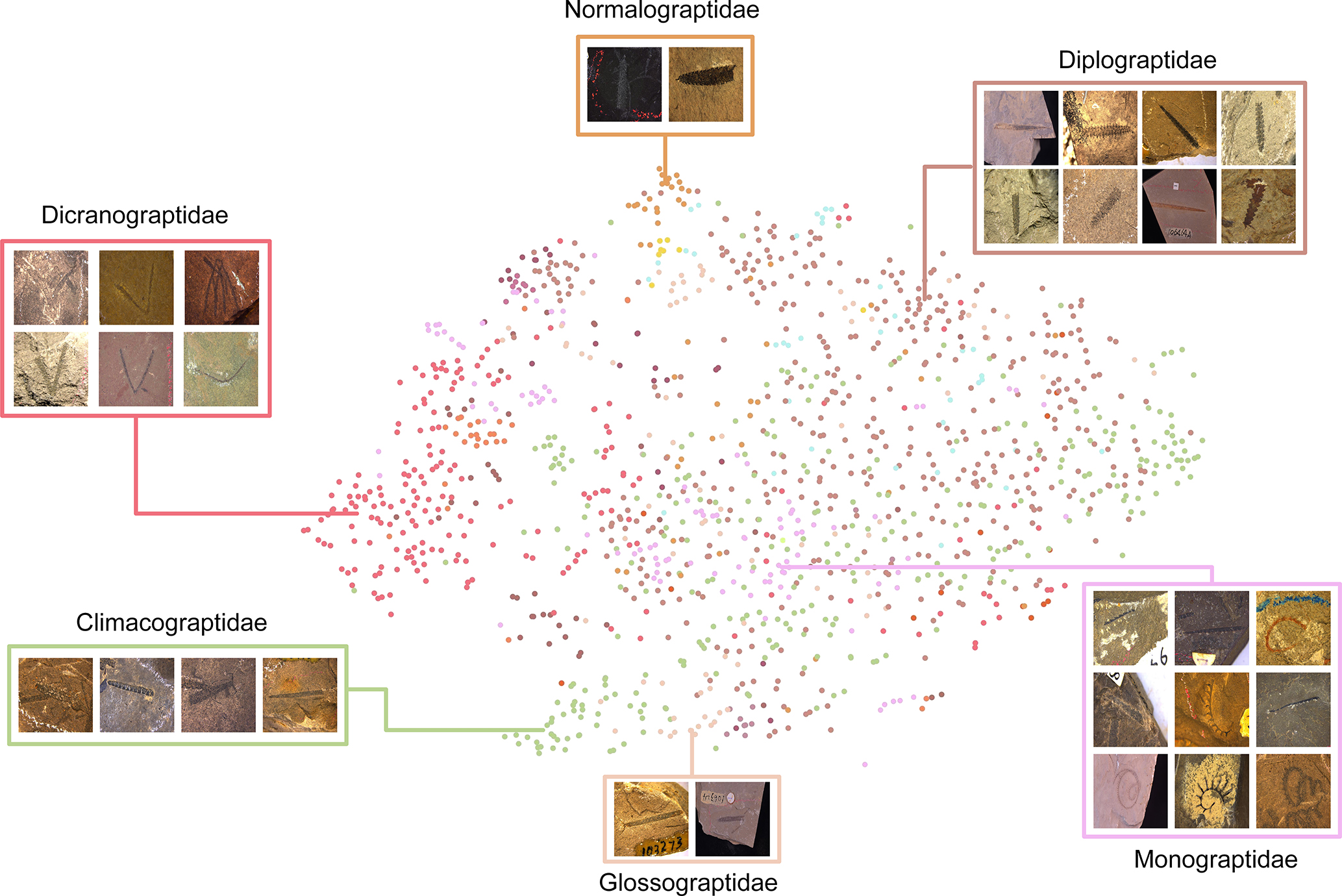
A multi-dimensional dataset of Ordovician to Silurian graptolite specimens for virtual examination, global correlation, and shale gas exploration. (Earth System Science Data. https://doi.org/10.5194/essd-15-2213-2023)

New trilobite assemblage from the lower Cambrian (upper Stage 4) of the Lake Zone, western Mongolia. (Journal of Paleontology. https://doi.org/10.1017/jpa.2023.23)
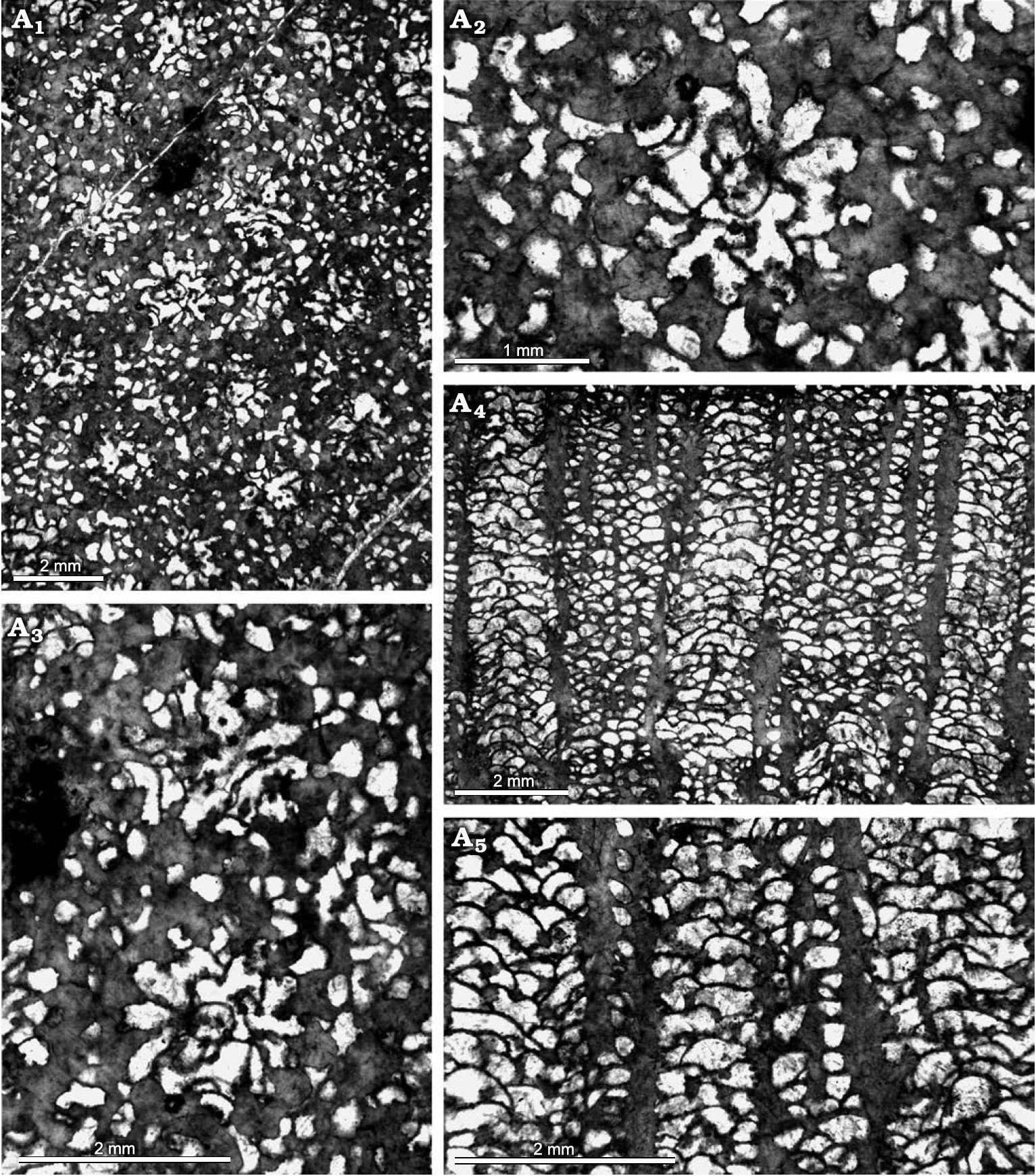
Early Katian, Late Ordovician, heliolitine corals from southern Kuruktag in northeastern Tarim Basin of China. (Acta Palaeontologica Polonica. https://doi.org/10.4202/app.01023.2022)
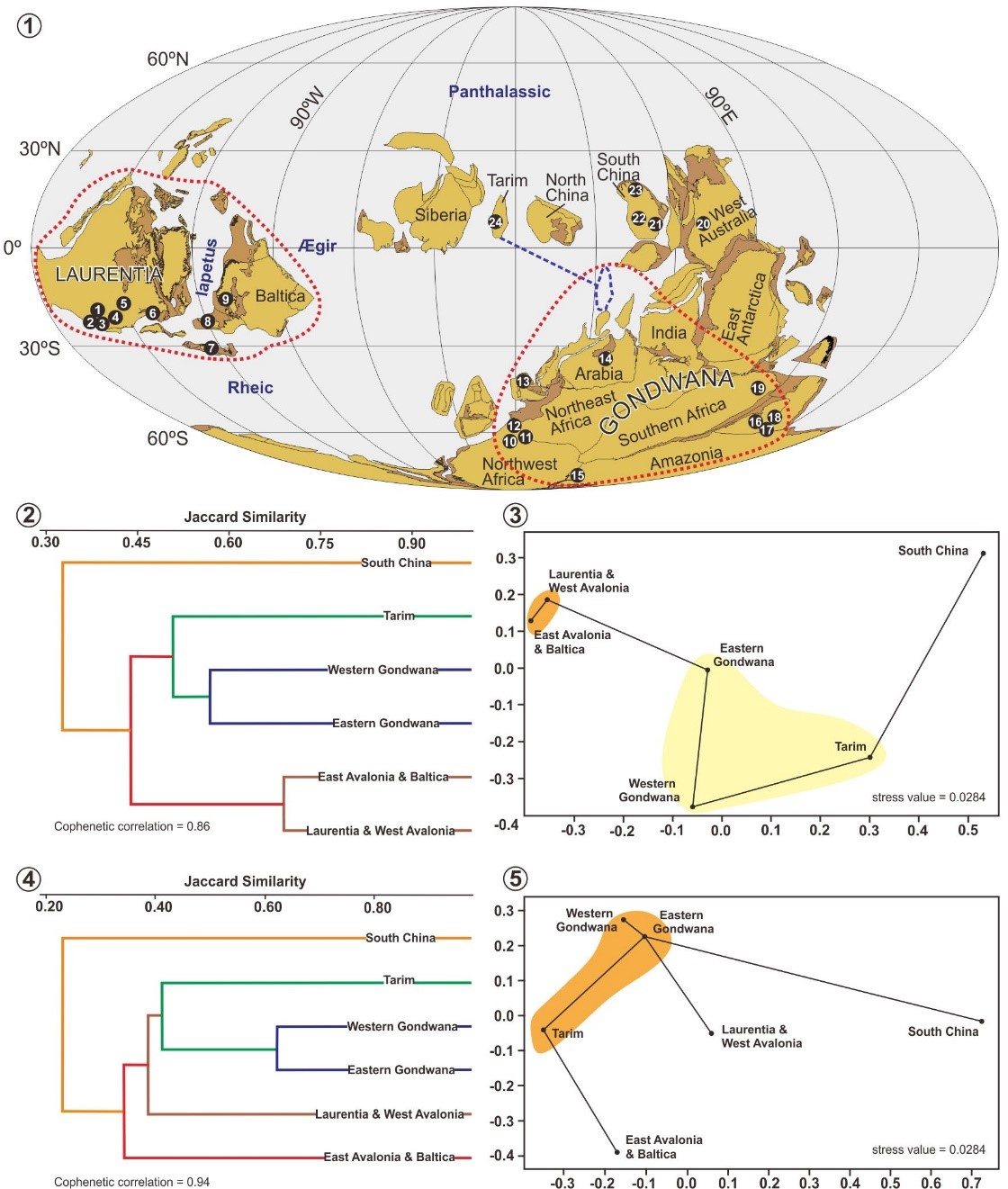
A palynoflora of southern Xinjiang, China, and the proximity of the Tarim Plate to western Gondwana during the Llandovery (Silurian). (Journal of Asian Earth Sciences. https://doi.org/10.1016/j.jseaes.2023.105769)
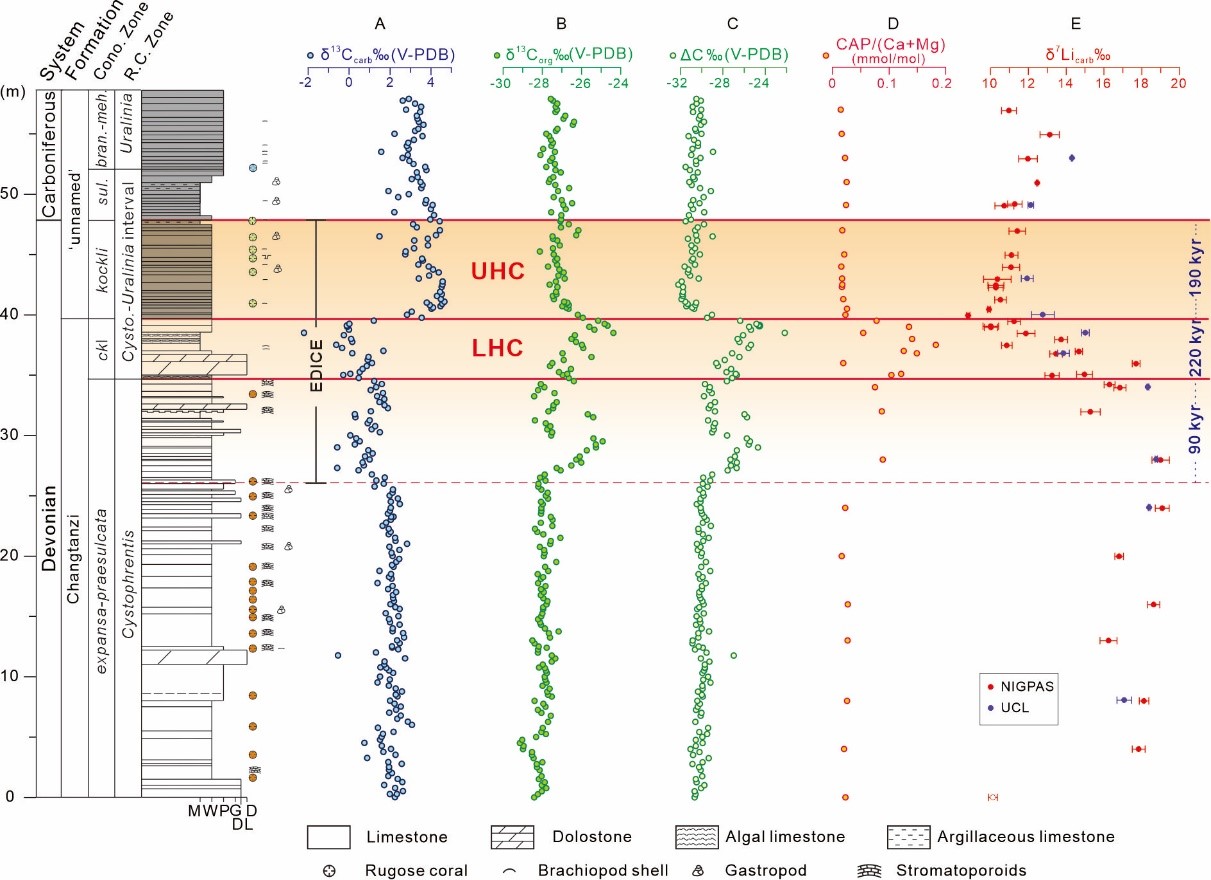
Enhanced Continental Weathering as a Trigger for the End‐Devonian Hangenberg Crisis. (Geophysical Research Letters. https://doi.org/10.1029/2022gl102640)

A new reef classification model with insights into Phanerozoic evolution of reef ecosystems. (Sedimentology. https://doi.org/10.1111/sed.13099)
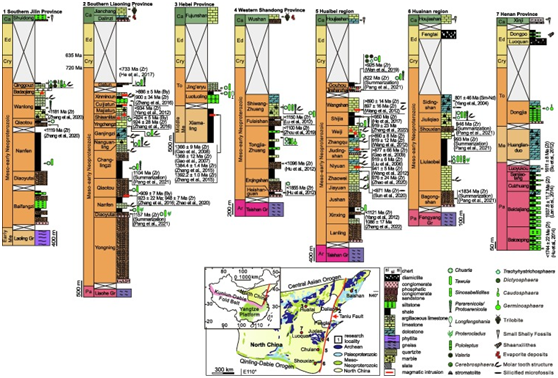
The Proterozoic Qinggouzi microfossil assemblage and its biostratigraphic constraints on the Great Unconformity in northeastern North China Craton. (Precambrian Research. https://doi.org/10.1016/j.precamres.2023.107130)
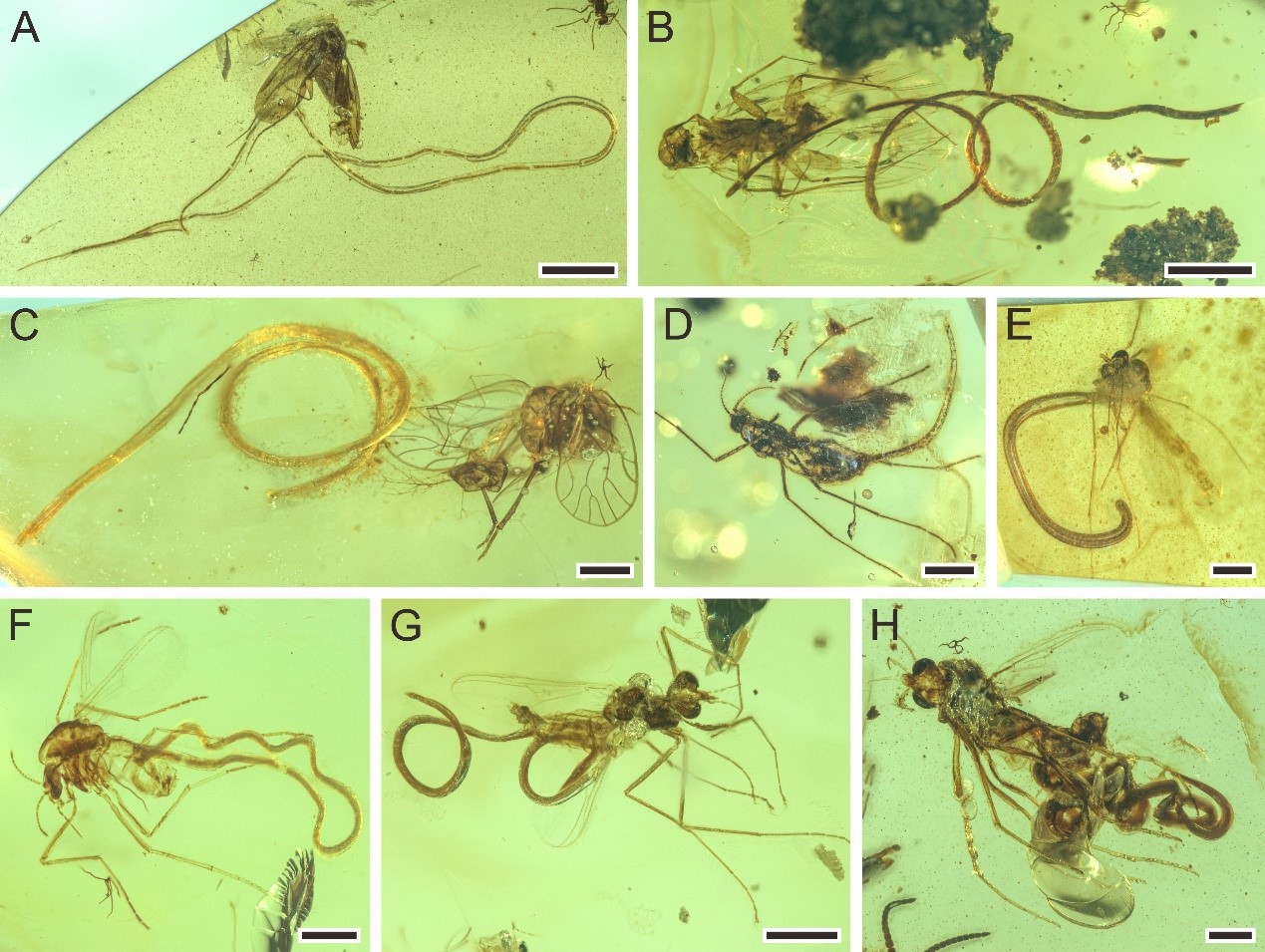
Widespread mermithid nematode parasitism of Cretaceous insects, (eLife. https://doi.org/10.7554/eLife.86283)
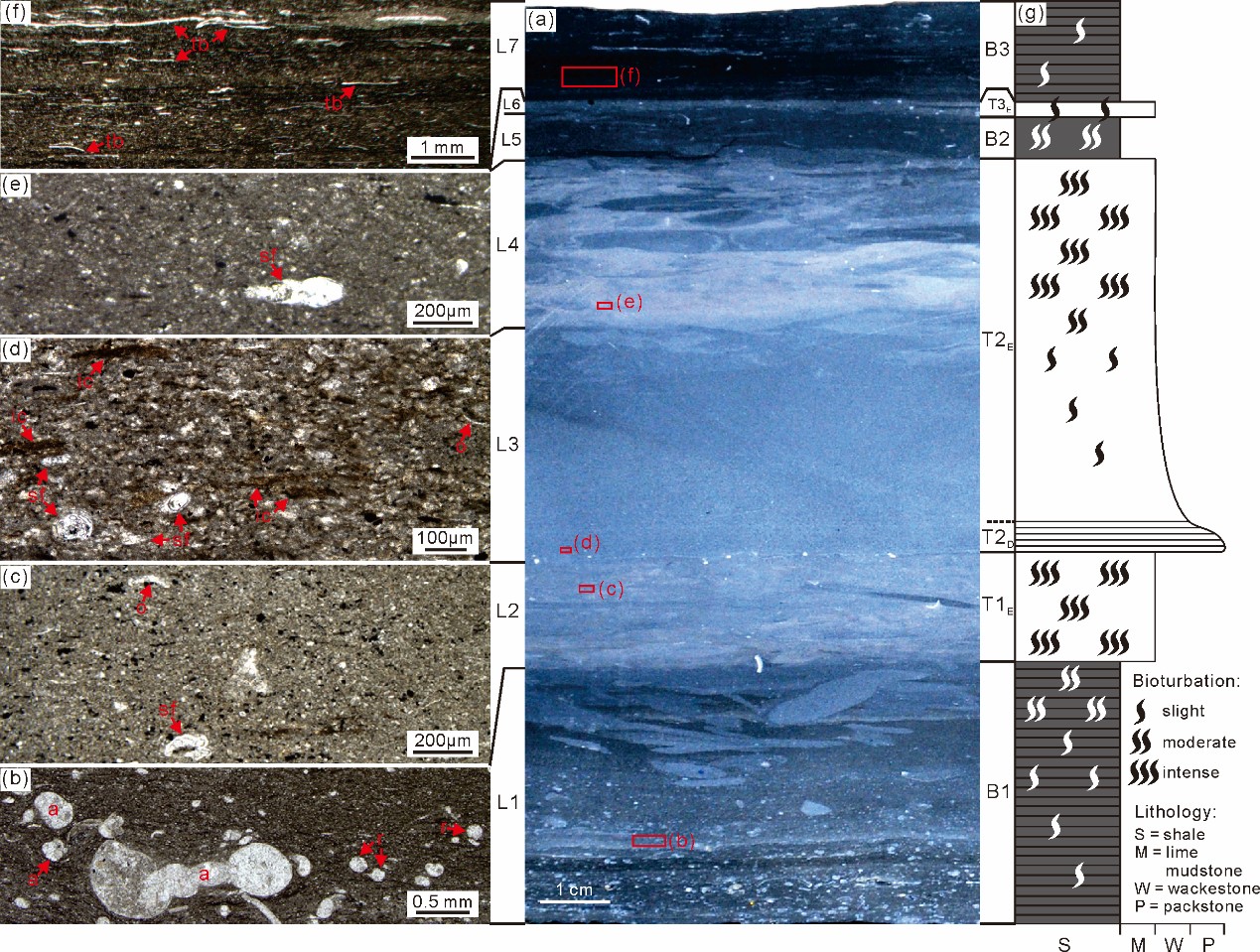
Dynamic process of turbidity current-induced benthic-marine oxygenation evidenced by sequential ichnocoenoses: An example from a Late Permian oxygen-deficient basin. (Geological Journal. https://doi.org/10.1002/gj.4837)
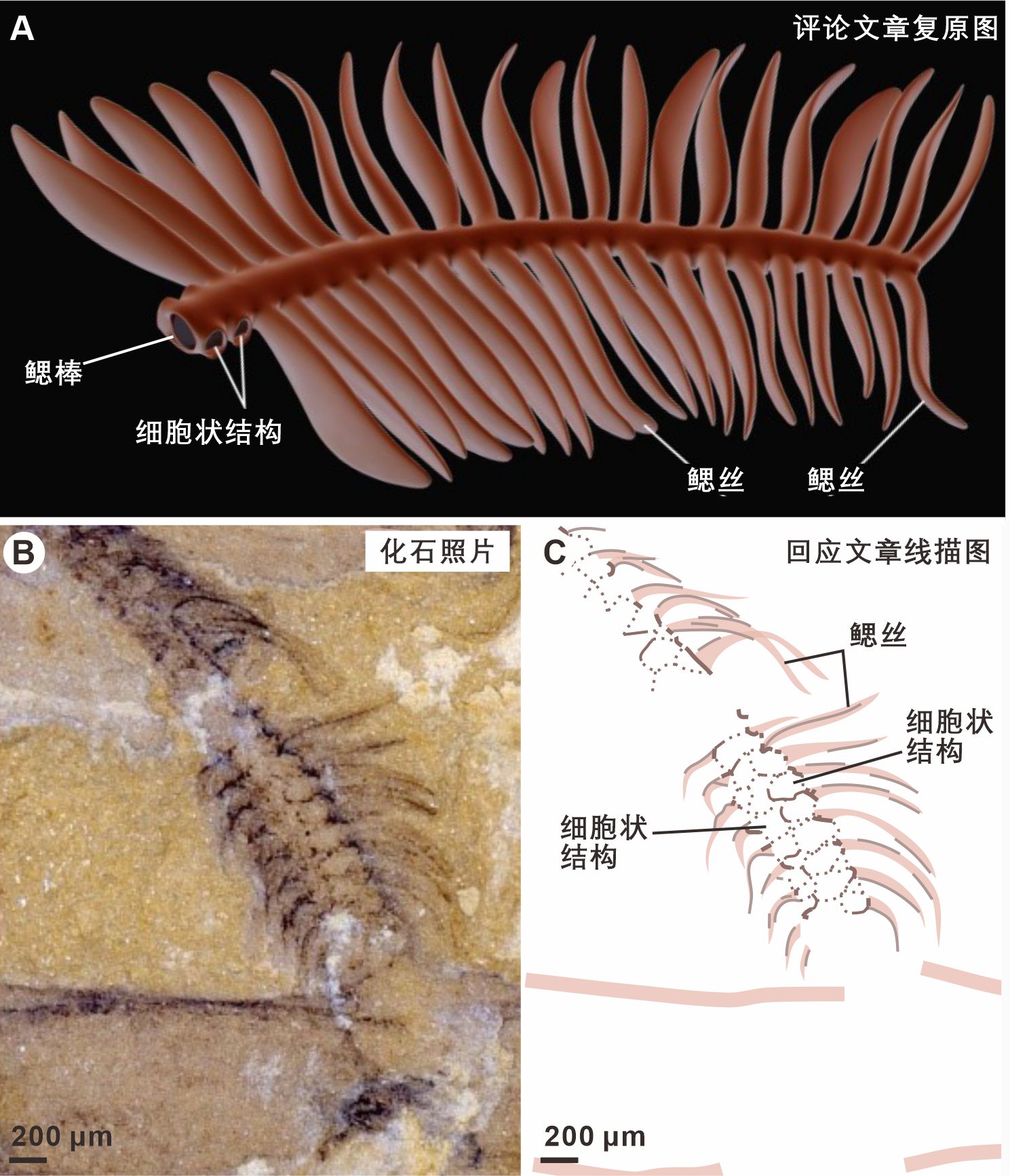
Comment on “Ultrastructure reveals ancestral vertebrate pharyngeal skeleton in yunnanozoans.” (Science..https://doi.org/10.1126/science.ade9707)
Comment on “Ultrastructure reveals ancestral vertebrate pharyngeal skeleton in yunnanozoans.”(Science..https://doi.org/10.1126/science.adf1472)

Katian (Late Ordovician) sphinctozoan-bearing reefs: Hybrid carbonates before the glacial maximum. (Palaeogeography, Palaeoclimatology, Palaeoecology.https://doi.org/10.1016/j.palaeo.2023.111642)

The central Qiangtang Metamorphic Belt in northern Tibet is an in-situ Paleo-Tethys Ocean: Evidence from newly discovered Late Devonian radiolarians. (Gondwana Research.https://doi.org/10.1016/j.gr.2023.08.005)

Soft body reconstruction of a reptile fossil by the nondestructive elemental mapping with a newly designed XRF. (Island Arc.https://doi.org/10.1111/iar.12495)
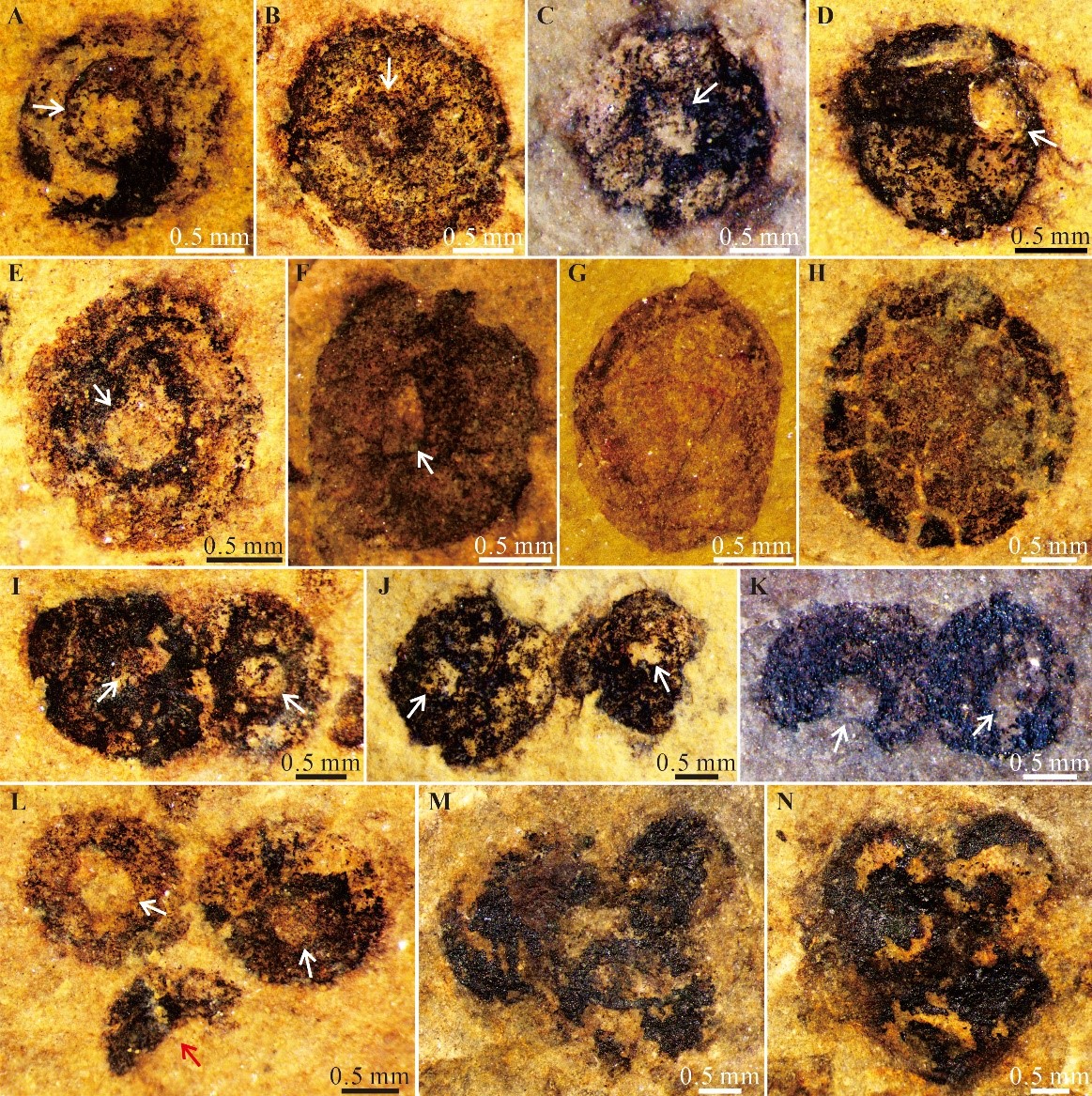
Tonian discoidal fossils from North China: Relating discs to worm-like annulated tubes and their paleoecological and evolutionary implications. (Palaeogeography, Palaeoclimatology, Palaeoecology. https://doi.org/10.1016/j.palaeo.2023.111780)

AConstraining multi-stage and protracted oil generation of alkaline lacustrine source rocks by heteroatomic compounds. (Organic Geochemistry. https://doi.org/10.1016/j.orggeochem.2023.104668)
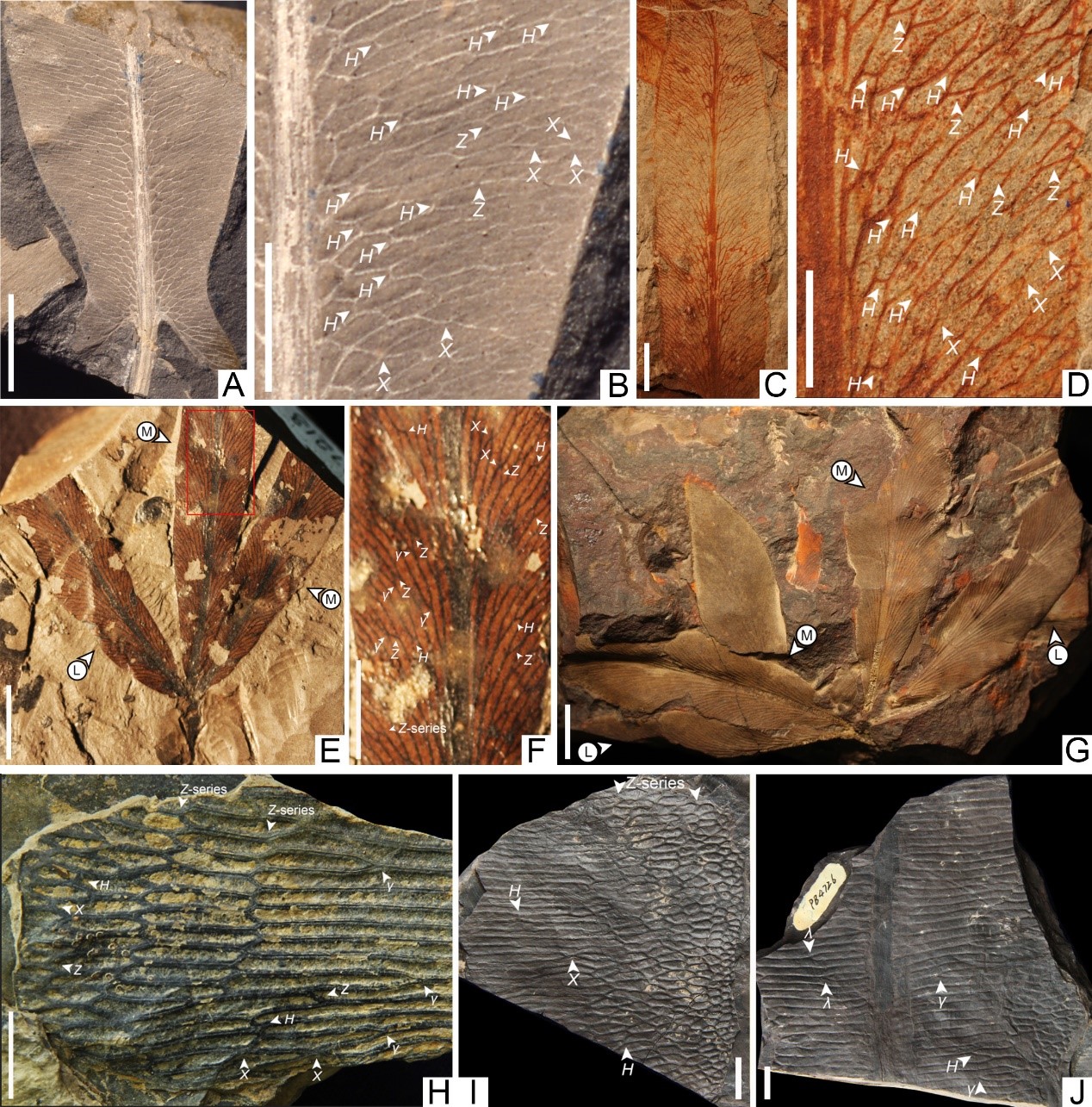
How similar are the venation and cuticular characters of Glossopteris, Sagenopteris and Anthrophyopsis. (Review of Palaeobotany and Palynology.https://doi.org/10.1016/j.revpalbo.2023.104934)

First fossil record of Canarium (Burseraceae) from the middle Miocene of Fujian, Southeastern China and its paleoecological implications. (Palaeoworld.https://doi.org/10.1016/j.palwor.2022.03.009)
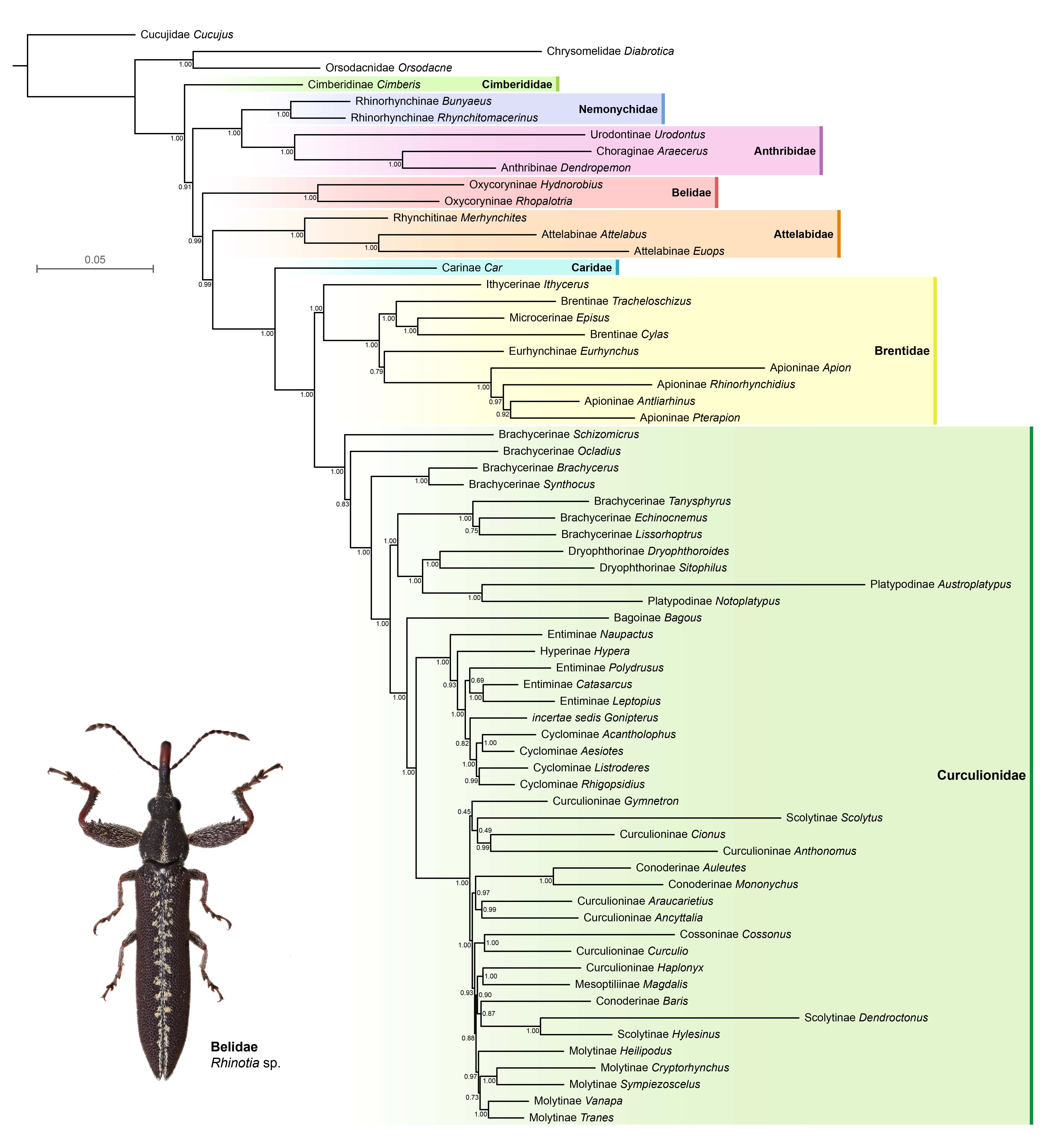
Phylogenomics of weevils revisited: data curation and modelling compositional heterogeneity. (Biology Lettershttps://doi.org/10.1098/rsbl.2023.0307)

A new stiodermatid (Hexactinellida, Porifera) from the latest Ordovician of Anhui, South China and its significance for searching the missing link between the Cambrian and late Palaeozoic stiodermatid lineage. (Historical Biologyhttps://doi.org/10.1080/08912963.2021.2024180)
A remarkable new halichondrid demosponge, Ptilospongia hemisphaeroidalis, from the latest Ordovician Beigong Biota, South China(Estonian Journal of Earth Scienceshttps://doi.org/10.3176/earth.2023.76)
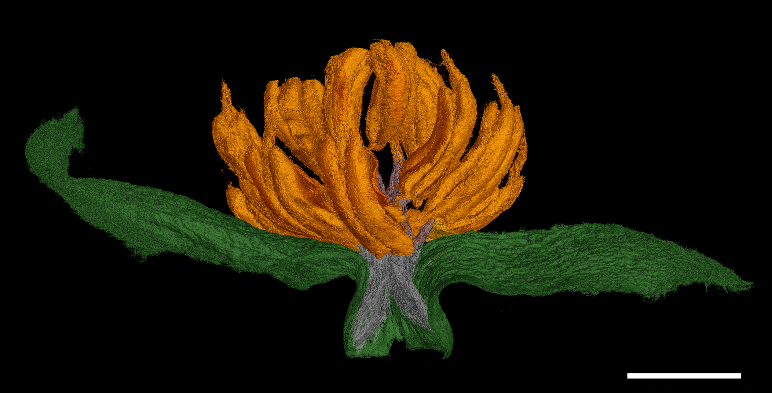
Parrotia flower blooming in Miocene rainforest. (Journal of Systematics and Evolutionhttps://doi.org/10.1111/jse.13001)
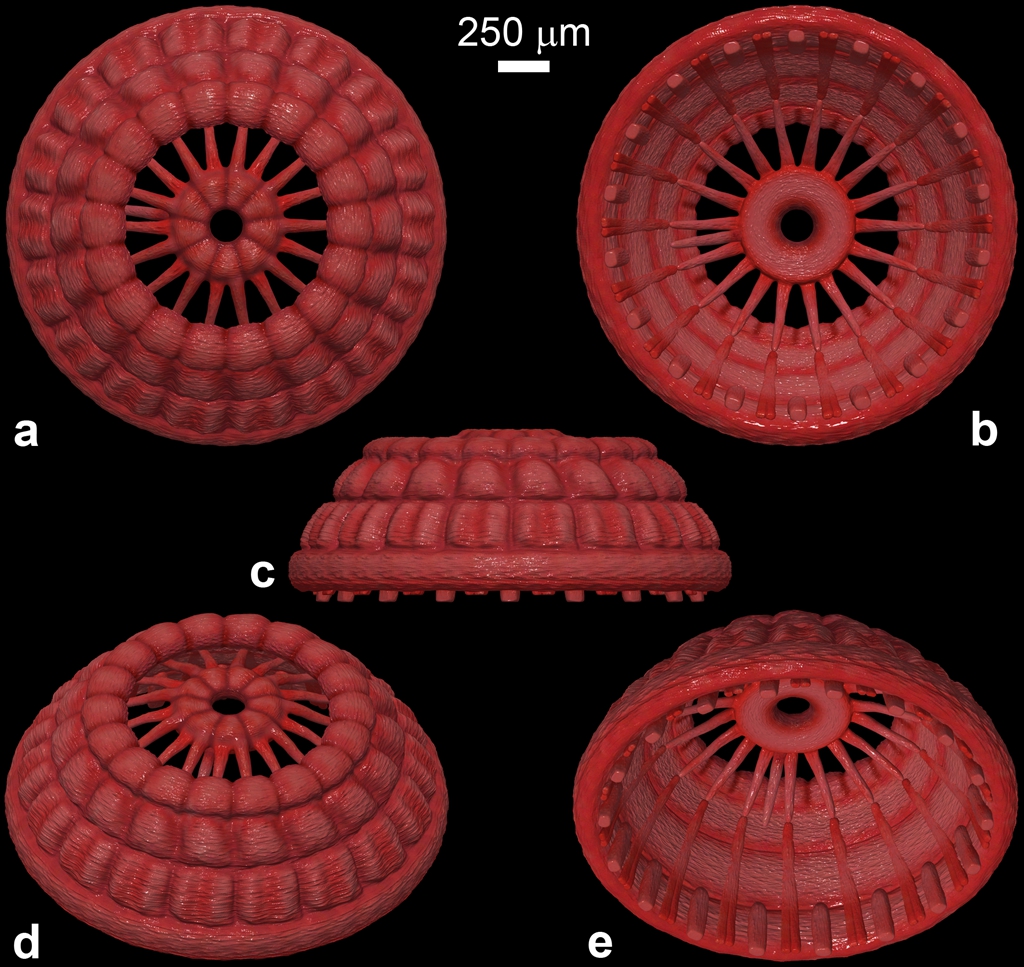
Musculature of an early Cambrian cycloneuralian animal. (Proceedings of the Royal Society Bhttps://doi.org/10.1098/rspb.2023.1803)

Constraints on the expanse of Greater India in the Early Cretaceous from radiolarians. (Earth and Planetary Science Lettershttps://doi.org/10.1016/j.epsl.2023.118413)
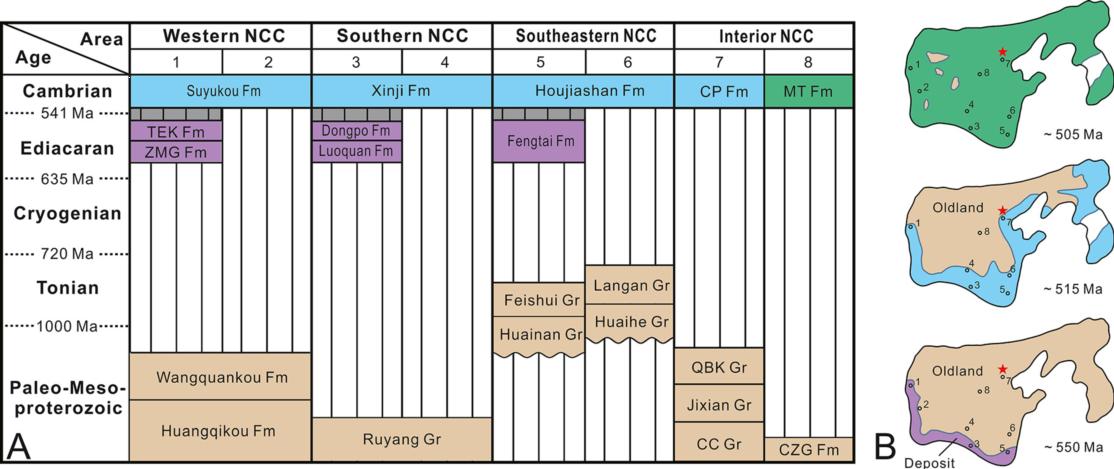
Global sea-level fall triggered Ediacaran–Cambrian unconformity in North China craton. (Earth and Planetary Science Lettershttps://doi.org/10.1016/j.epsl.2023.118411)
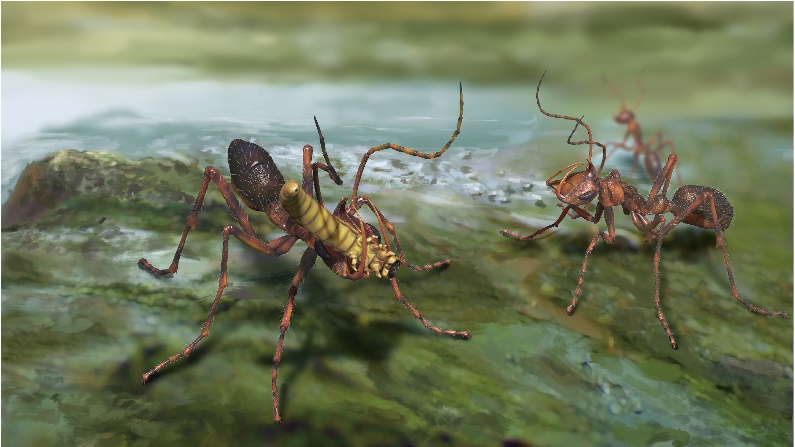
Animating fossilized invertebrates by motion reconstruction. (National Science Reviewhttps://doi.org/10.1093/nsr/nwad268)
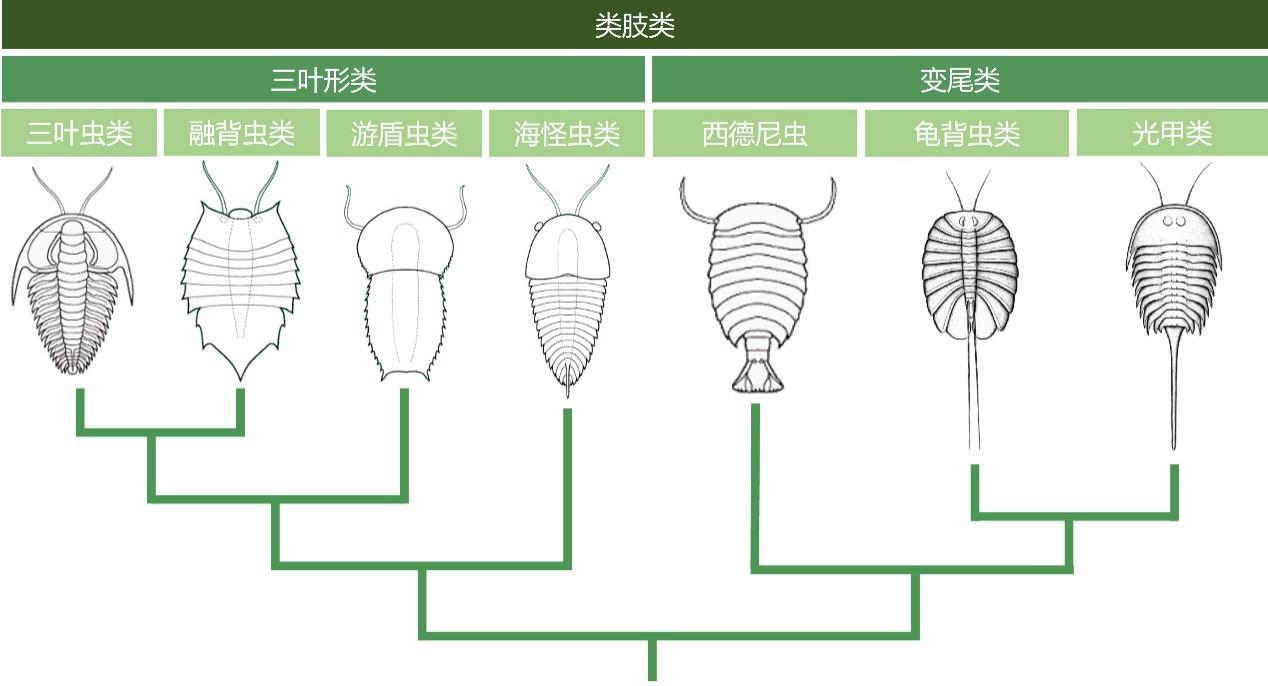
New artiopodan euarthropods from the Chengjiang fauna (Cambrian, Stage 3) at Malong, Yunnan, China. (Acta Palaeontologica Polonicahttps://doi.org/10.4202/app.01080.2023)
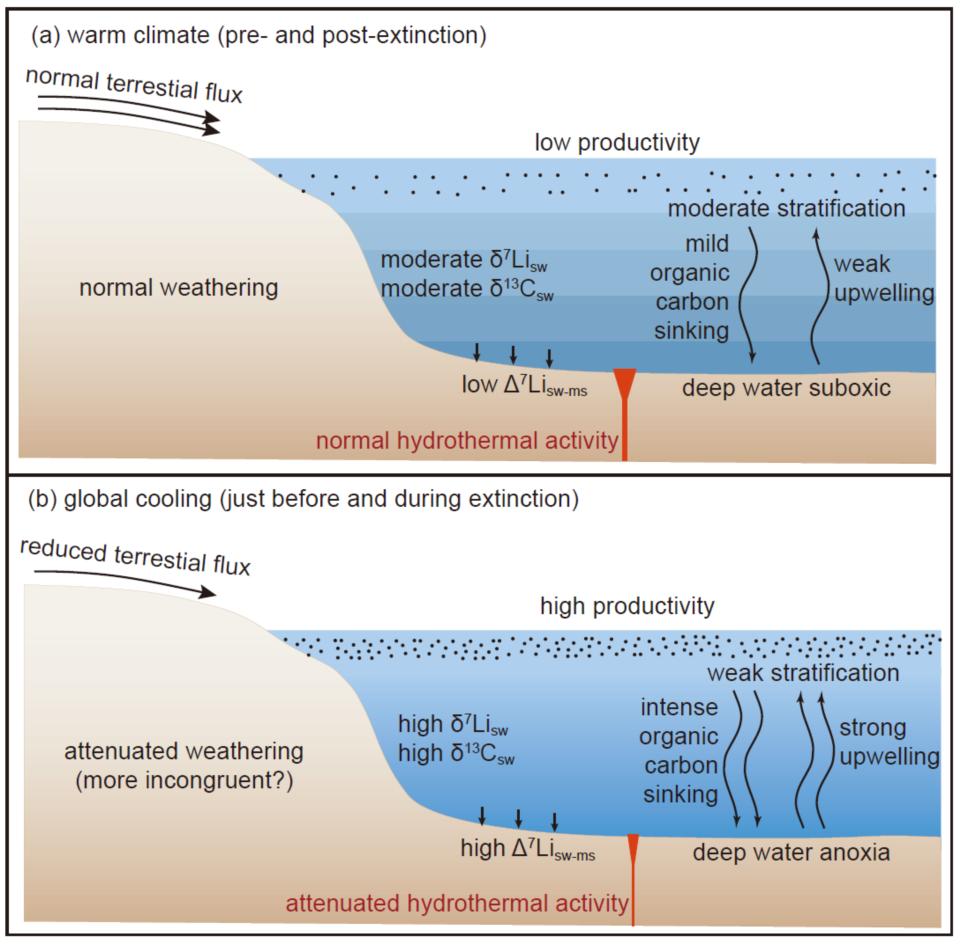
Carbonate lithium isotope systematics indicate cooling triggered mass extinction during the Frasnian-Famennian transition. (Global and Planetary Changehttps://doi.org/10.1016/j.gloplacha.2023.104284)

A new gymnospermous stem from the Moscovian (Carboniferous) of North China, and its palaeoecological significance for the Cathaysian Flora at the early evolutionary stage. (Review of Palaeobotany and Palynologyhttps://doi.org/10.1016/j.revpalbo.2023.104858)
First record of plant-plant facilitative interaction from the Moscovian (Pennsylvanian, upper Carboniferous) of North China. (Palaeoworldhttps://doi.org/10.1016/j.palwor.2023.08.002)

Age of the Silurian Tangchiawu, Kangshan and Jukeng formations (with marine red beds) in eastern South China. (Journal of Stratigraphyhttps://doi.org/10.19839/j.cnki.dcxzz.2023.0015)
Temporal and spatial distribution of the late Silurian deposits in the Yangtze region, South China, and their geological significance. (Journal of Stratigraphy https://doi.org/10.19839/j.cnki.dcxzz.2023.0016)
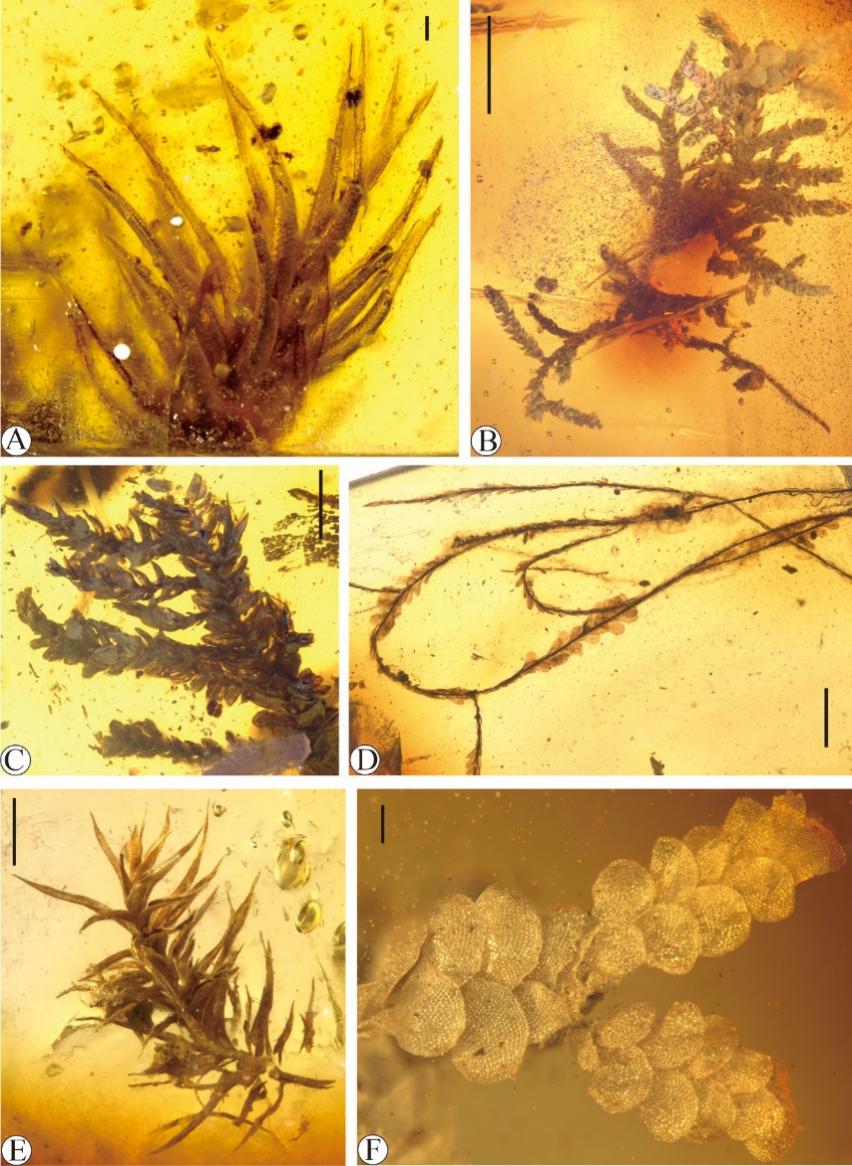
First fossil record of Pelekium (Thuidiaceae) from the middle Miocene Zhangpu amber in Asia. (Historical Biologyhttps://doi.org/10.1080/08912963.2023.2176764)
First fossil record of Trichosteleum (Bryophyta: Sematophyllaceae) from mid-Miocene Zhangpu amber in Asia. (Palaeoentomologyhttps://doi.org/10.11646/palaeoentomology.6.5.7)
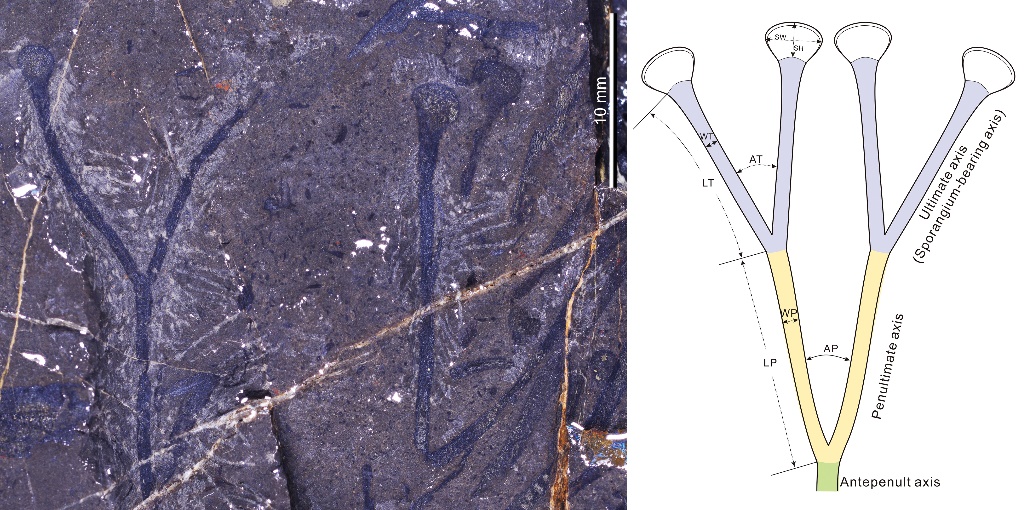
Evolution of Silurian phytogeography, with the first report of Aberlemnia (Rhyniopsida) from the Pridoli of West Junggar, Xinjiang, China. (Palaeogeography, Palaeoclimatology, Palaeoecologyhttps://doi.org/10.1016/j.palaeo.2023.111903)
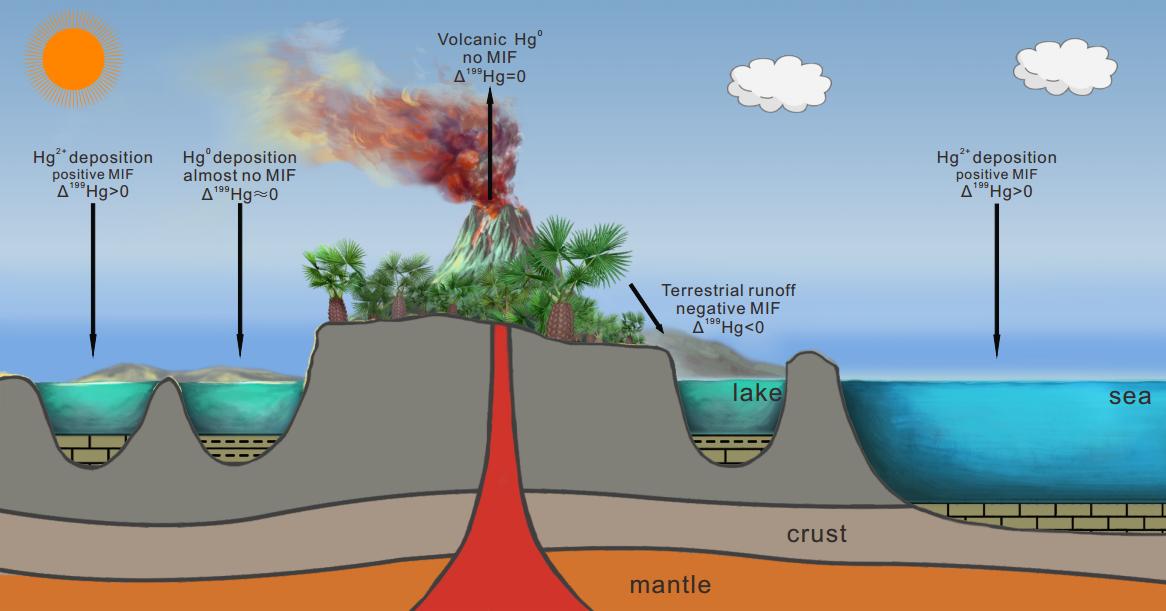
Mercury contents and isotope ratios in marine and terrestrial archives across the Cretaceous/Paleocene boundary. (Earth-Science Reviewshttps://doi.org/10.1016/j.earscirev.2023.104635)

The earliest fossil mosquito. (Current Biologyhttps://doi.org/10.1016/j.cub.2023.10.047)
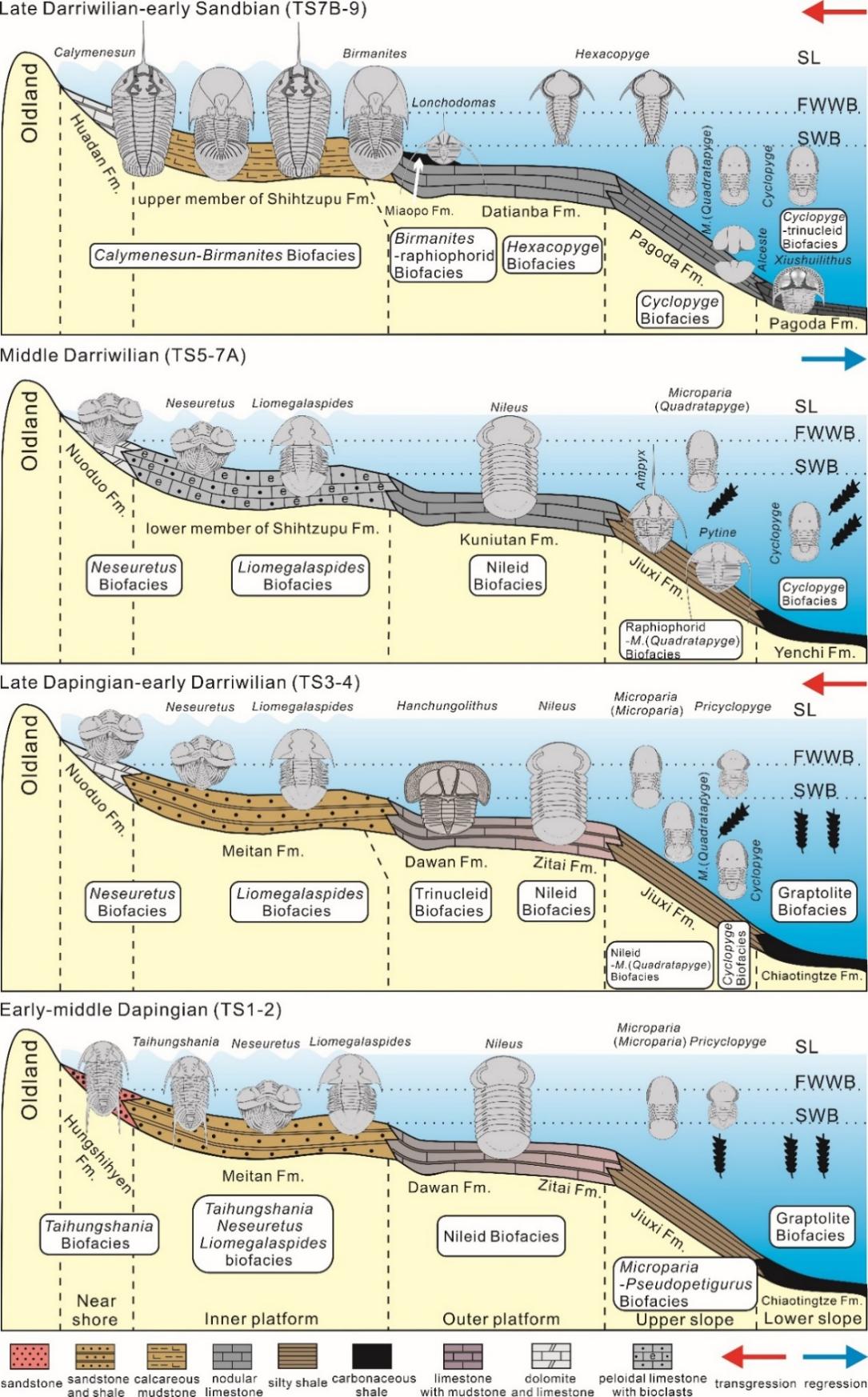
Diversity dynamics, faunal turnover and radiation pattern of the Middle Ordovician trilobites in South China. (Palaeogeography, Palaeoclimatology, Palaeoecologyhttps://doi.org/10.1016/j.palaeo.2023.111905)
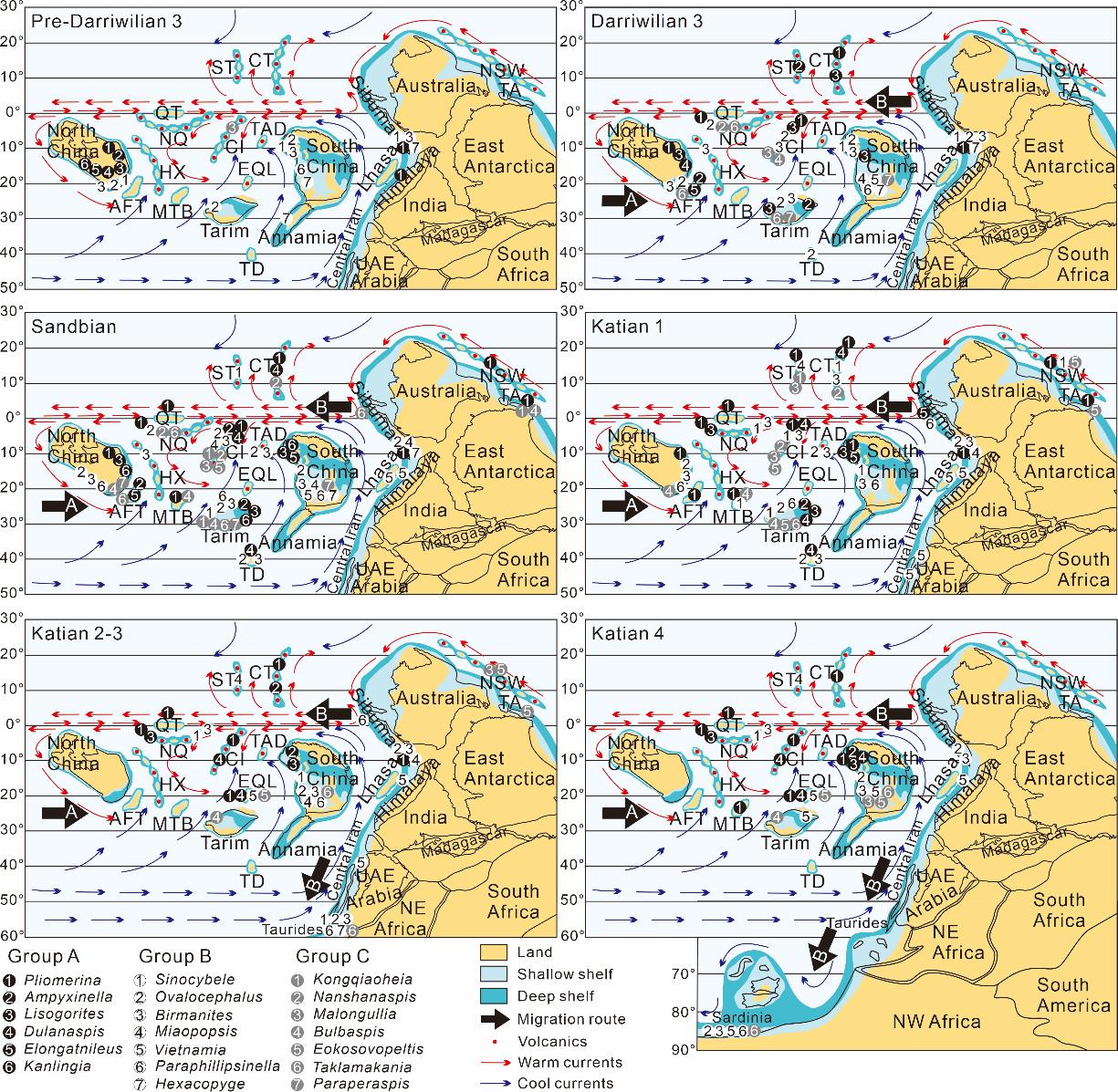
Katian (Late Ordovician) trilobites of the North Qilian Mountains and their palaeogeographical implications for the Proto-Tethys Archipelagic Ocean. (Papers in Palaeontologyhttp://doi.org/10.1002/spp2.1532)
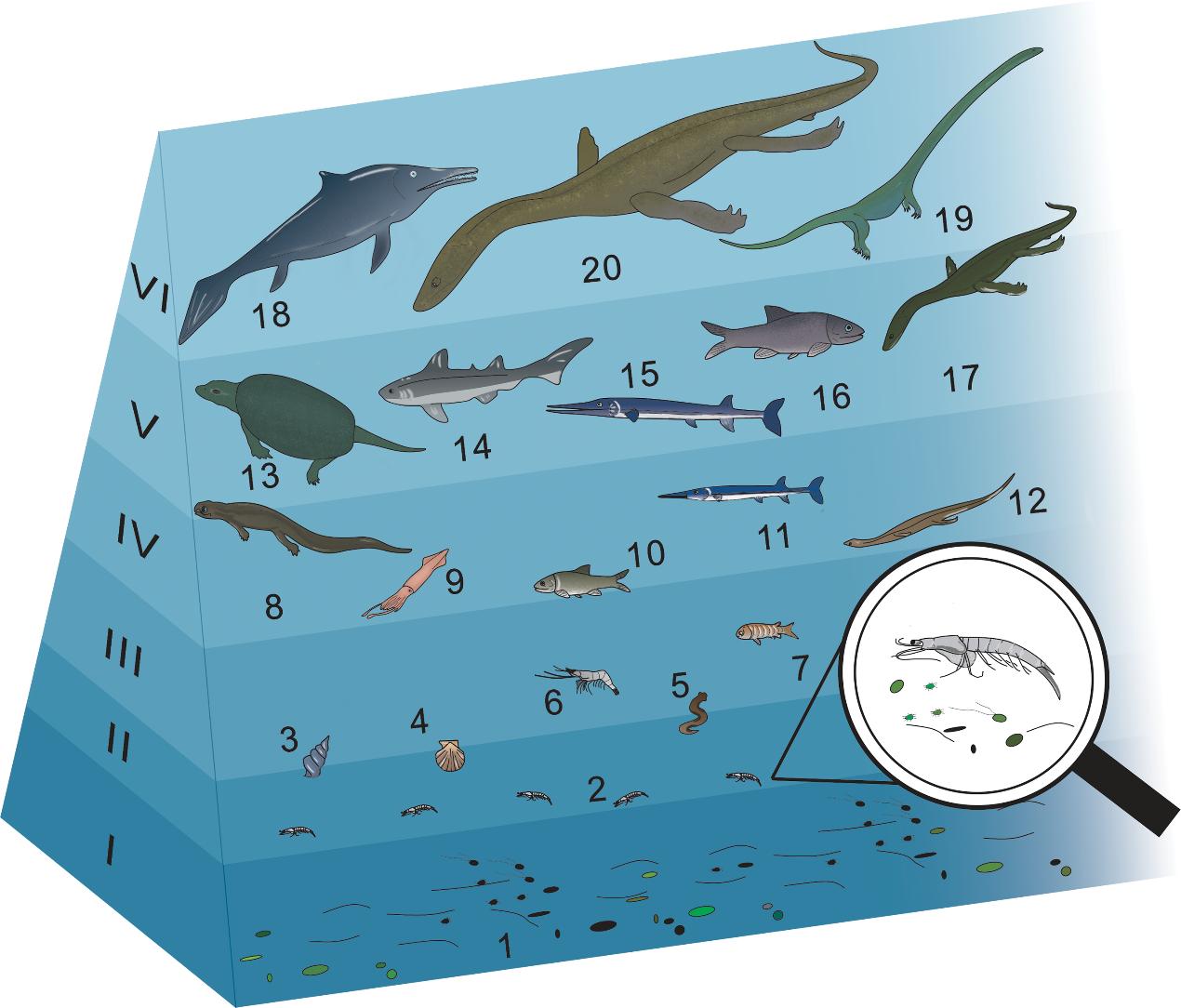
Crustacean microcoprolites from the Middle Triassic Luoping Biota, China: Evidence for primary producers in the first Modern-type marine ecosystems. (Palaeogeography, Palaeoclimatology, Palaeoecologyhttps://doi.org/10.1016/j.palaeo.2023.111840)
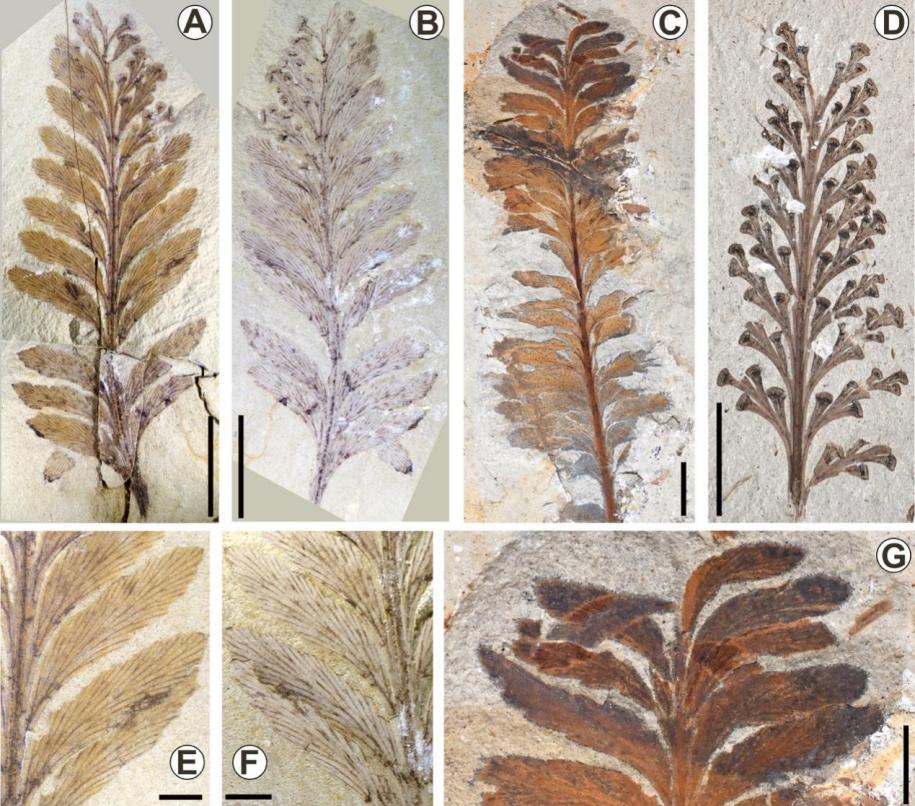
Re-investigations of the fossil fern Xiajiajienia mirabila (Dicksoniaceae) based on new material from the Lower Cretaceous of western Liaoning, China. (Cretaceous Researchhttps://doi.org/10.1016/j.cretres.2023.105543)

Early Cambrian Cambroclavus is a scleritomous eumetazoan unrelated to bryozoan or dasyclad algae. (Geologyhttps://doi.org/10.1130/g51663.1)

Early Ordovician, trilobites from the Olongbluk Terrane, northwest China. (Acta Palaeontologica Polonicahttps://doi.org/10.4202/app.01102.2023)

Machine-learning-based morphological analyses of leaf epidermal cells in modern and fossil ginkgo and their implications for palaeoclimate studies. (Palaeontologyhttps://doi.org/10.1111/pala.12684)

Chuaria and Tawuia fossils from ~1.0Ga rocks in North China: Implications for a polyphyletic origin of Chuaria and a potential biological link between these two widespread Proterozoic taxa. (Palaeogeography, Palaeoclimatology, Palaeoecologyhttps://doi.org/10.1016/j.palaeo.2023.111966)
Download:
